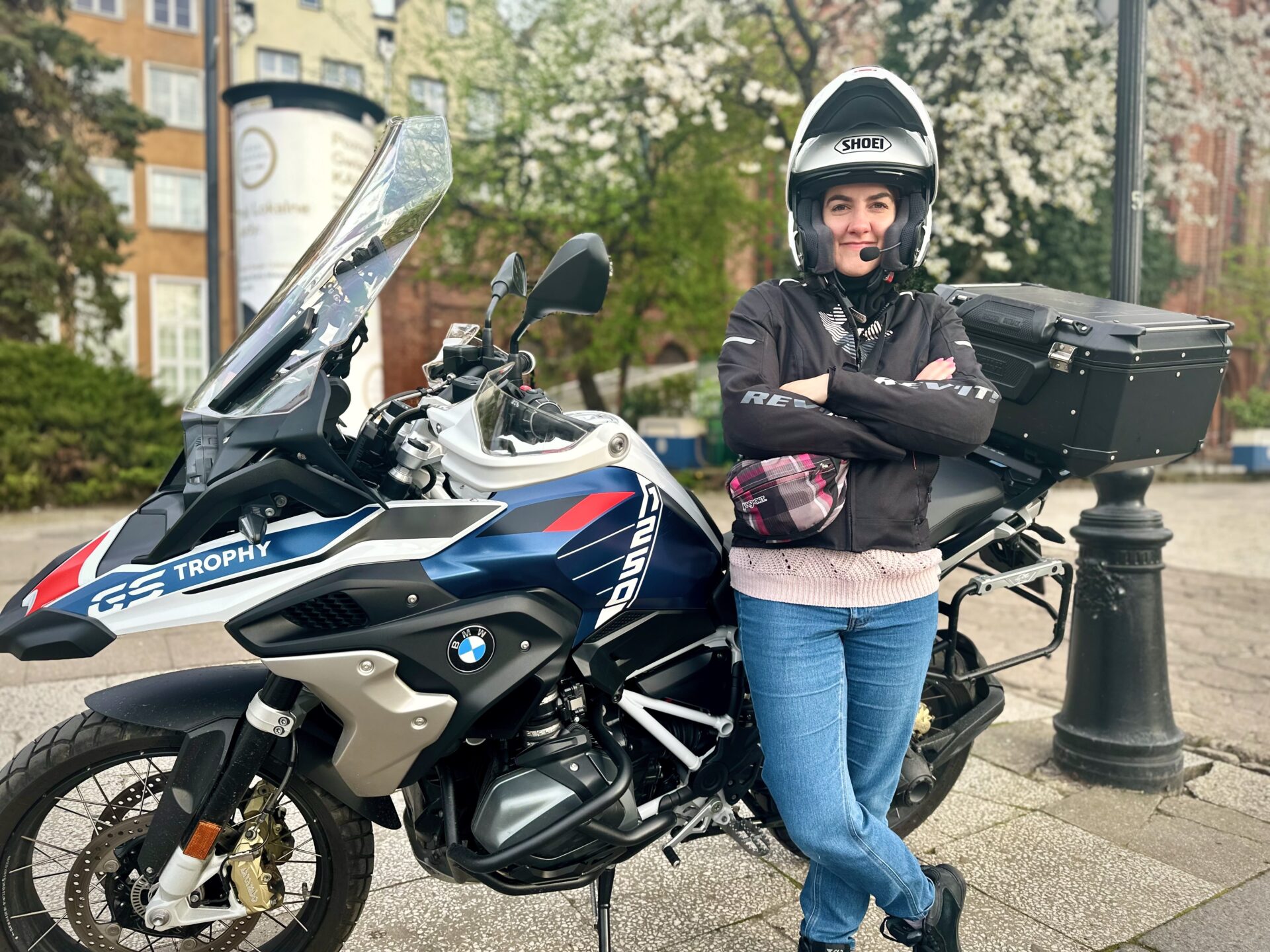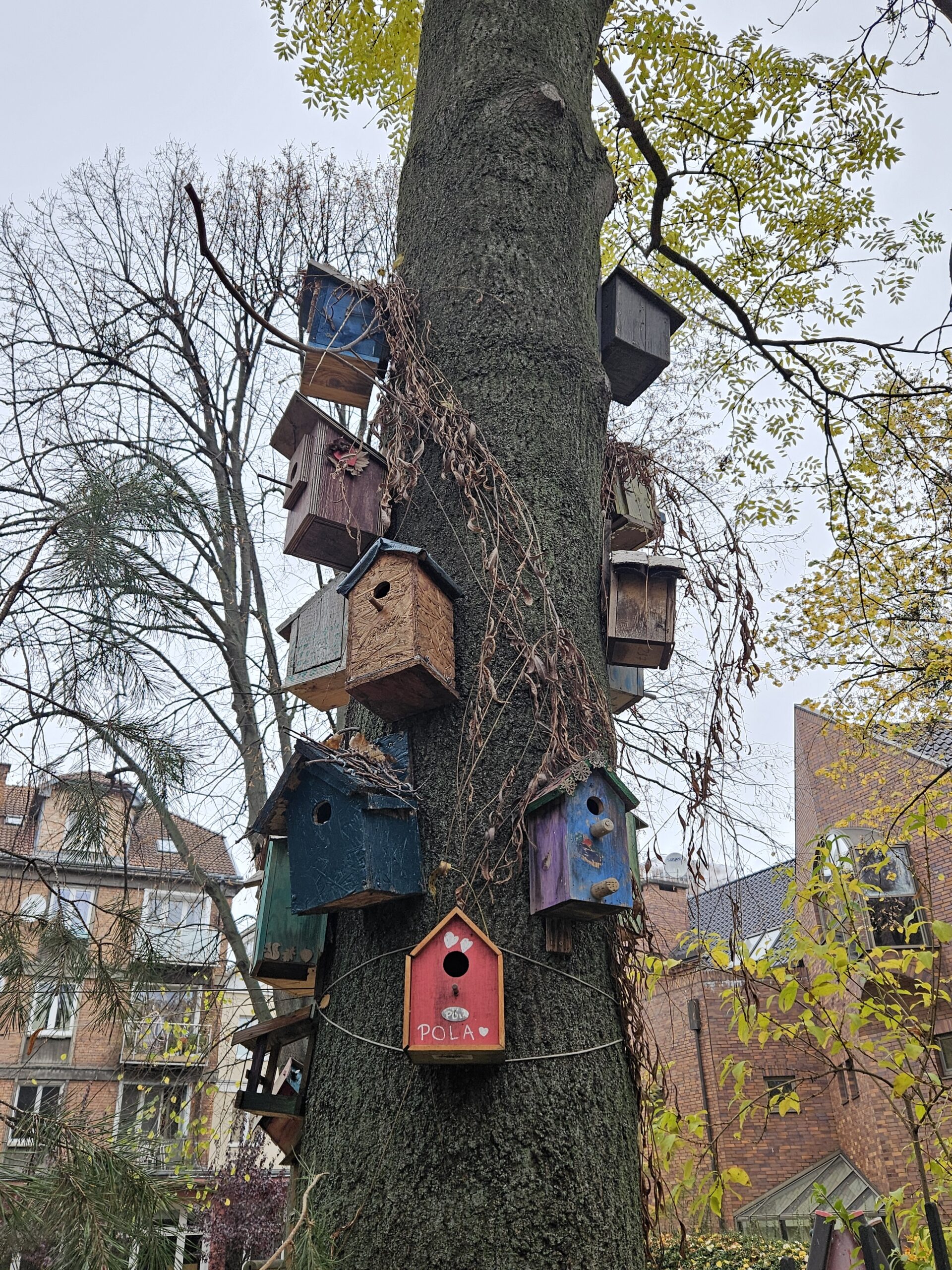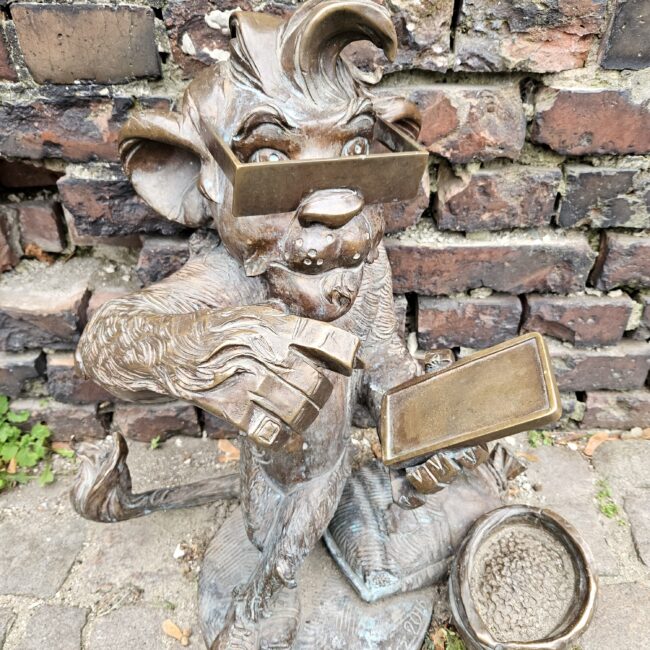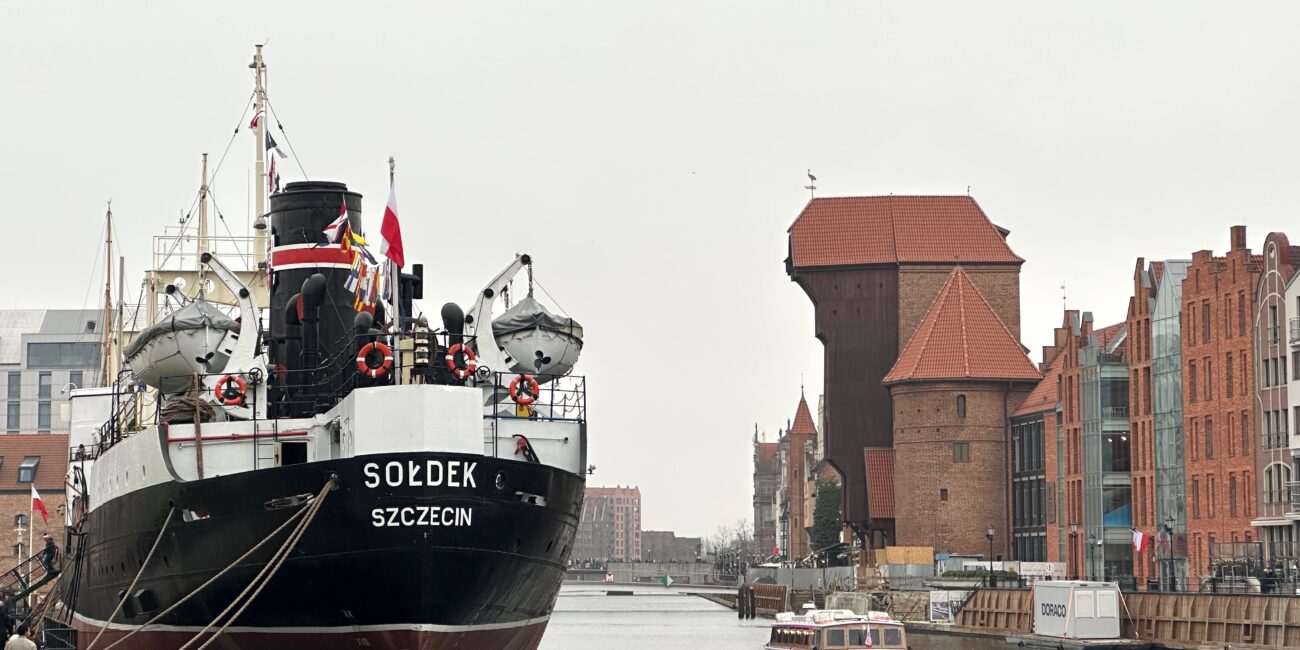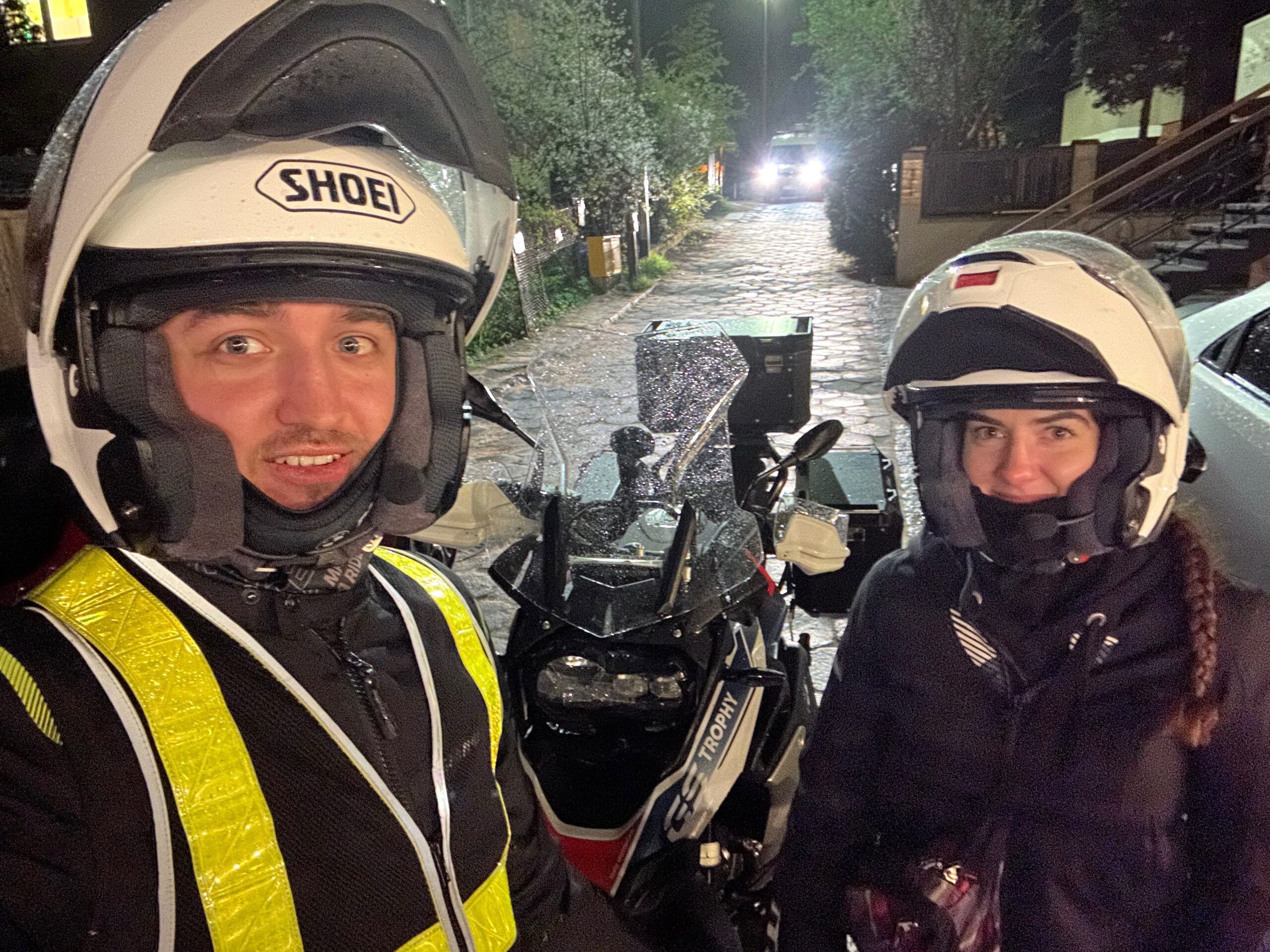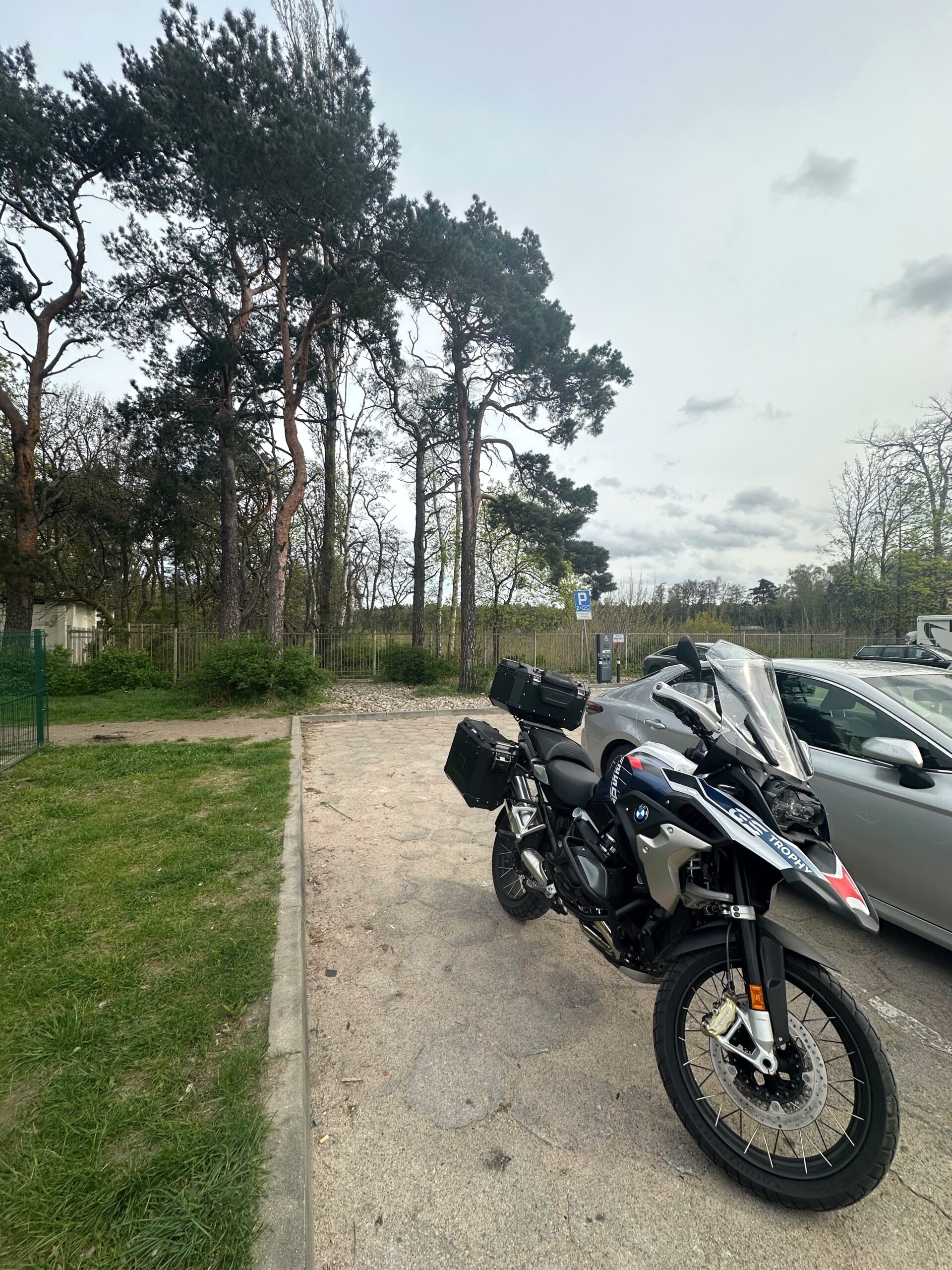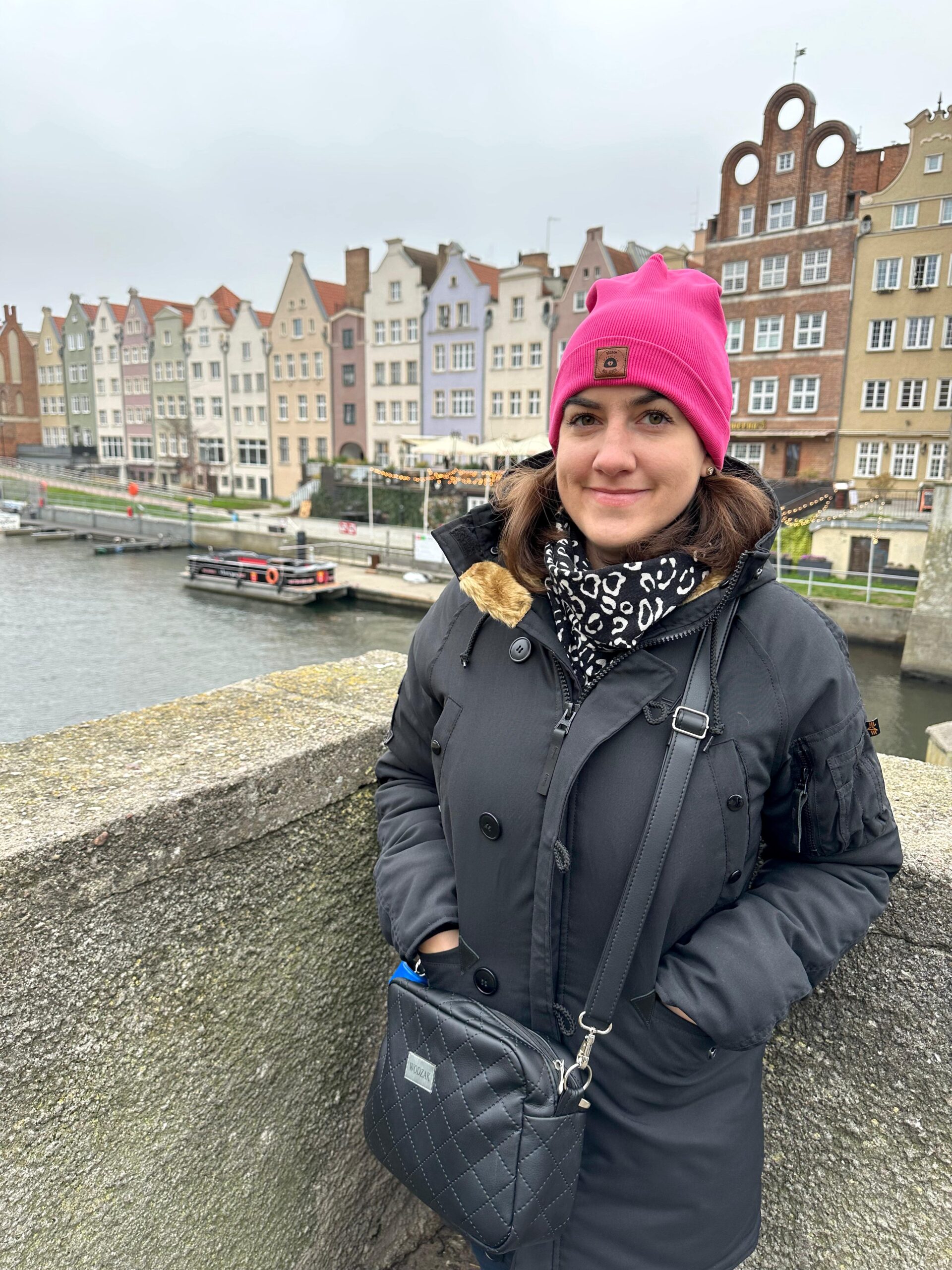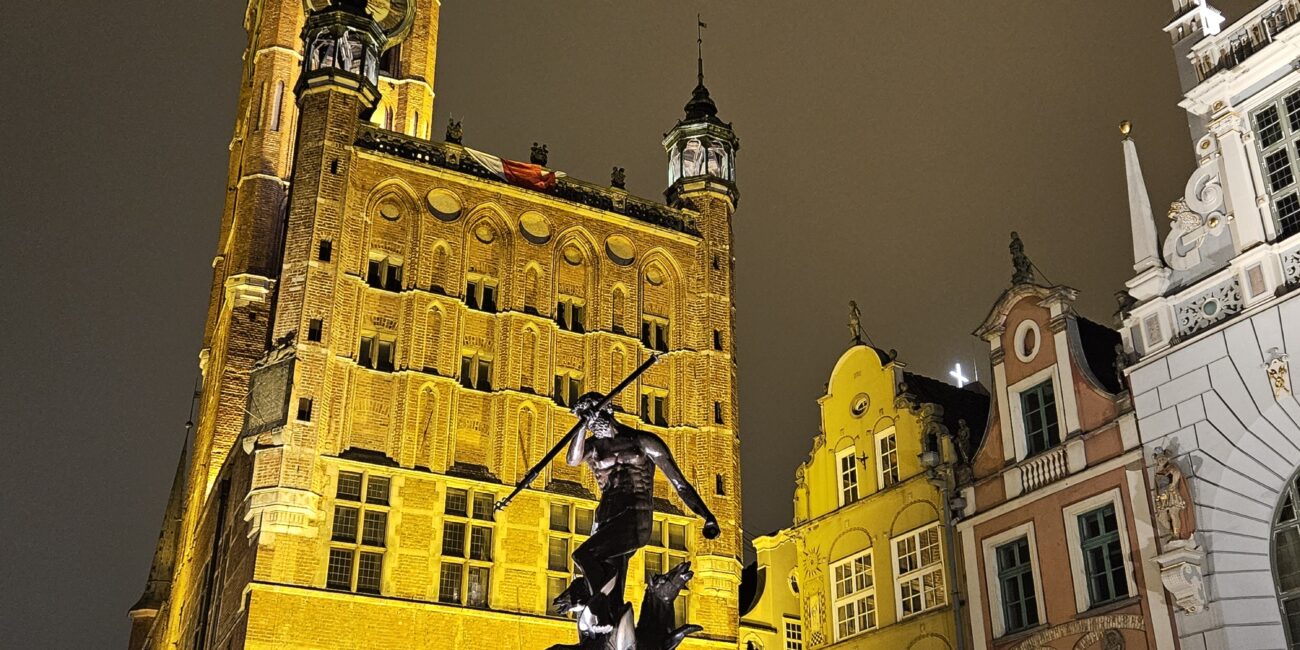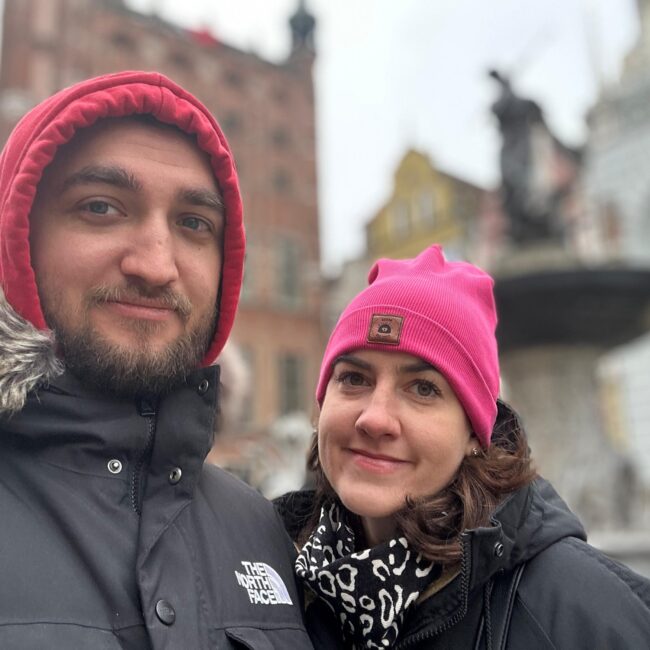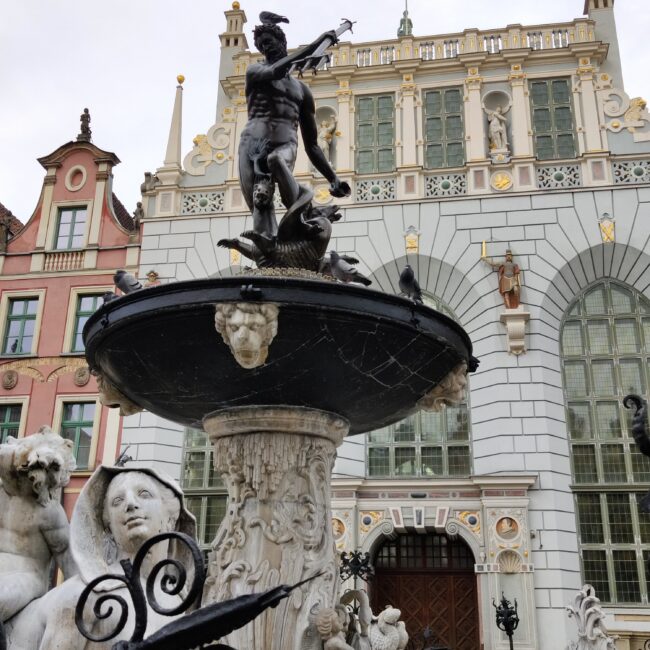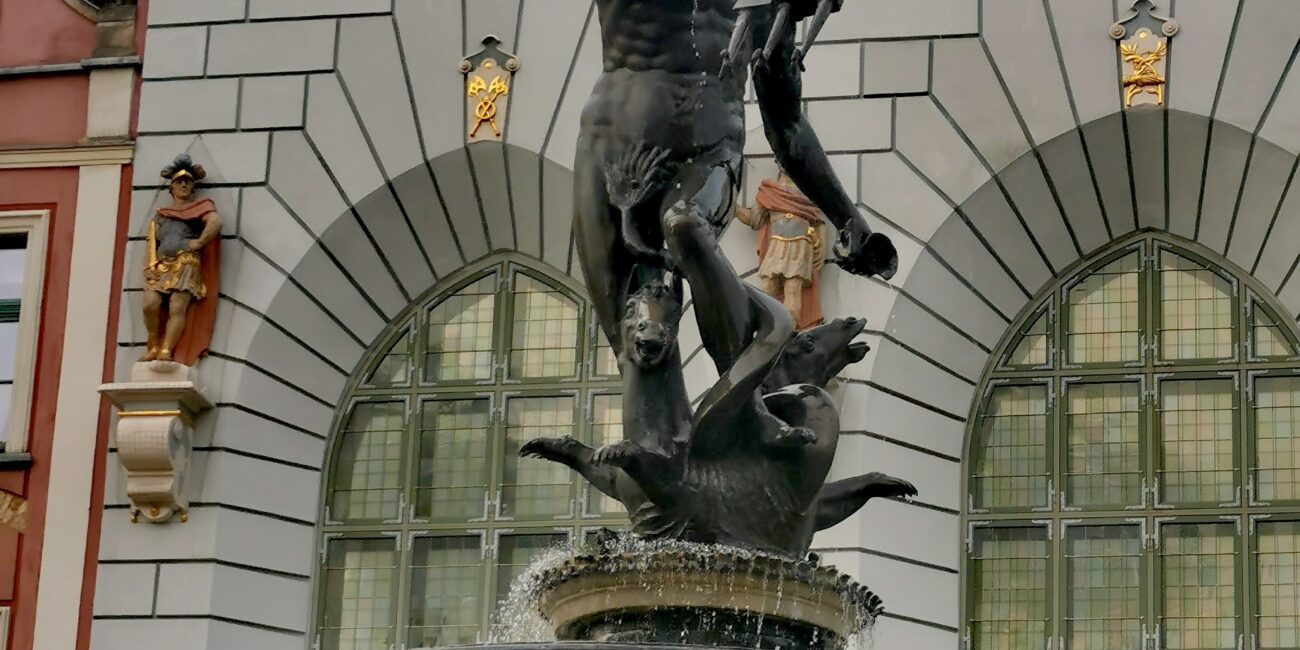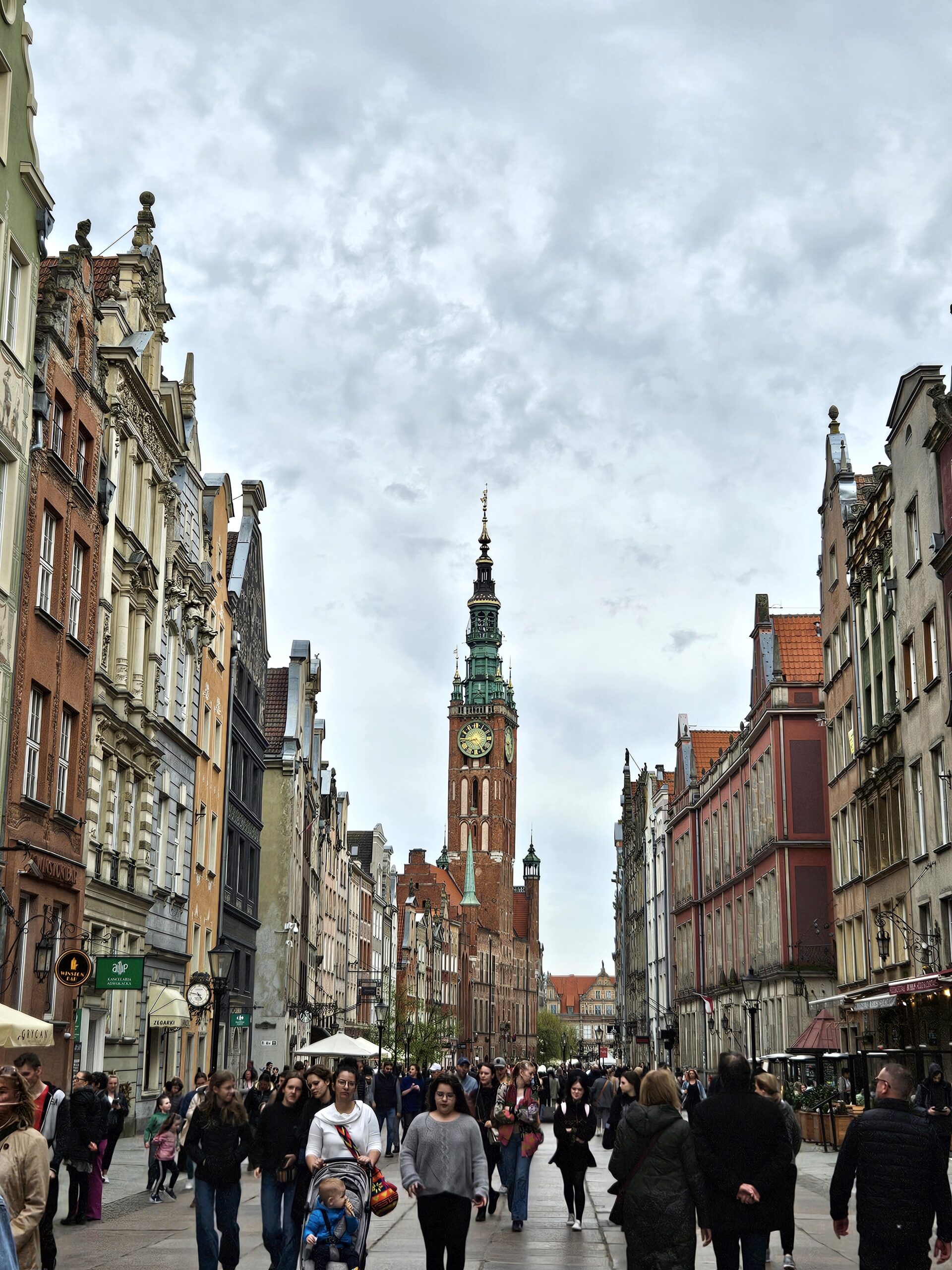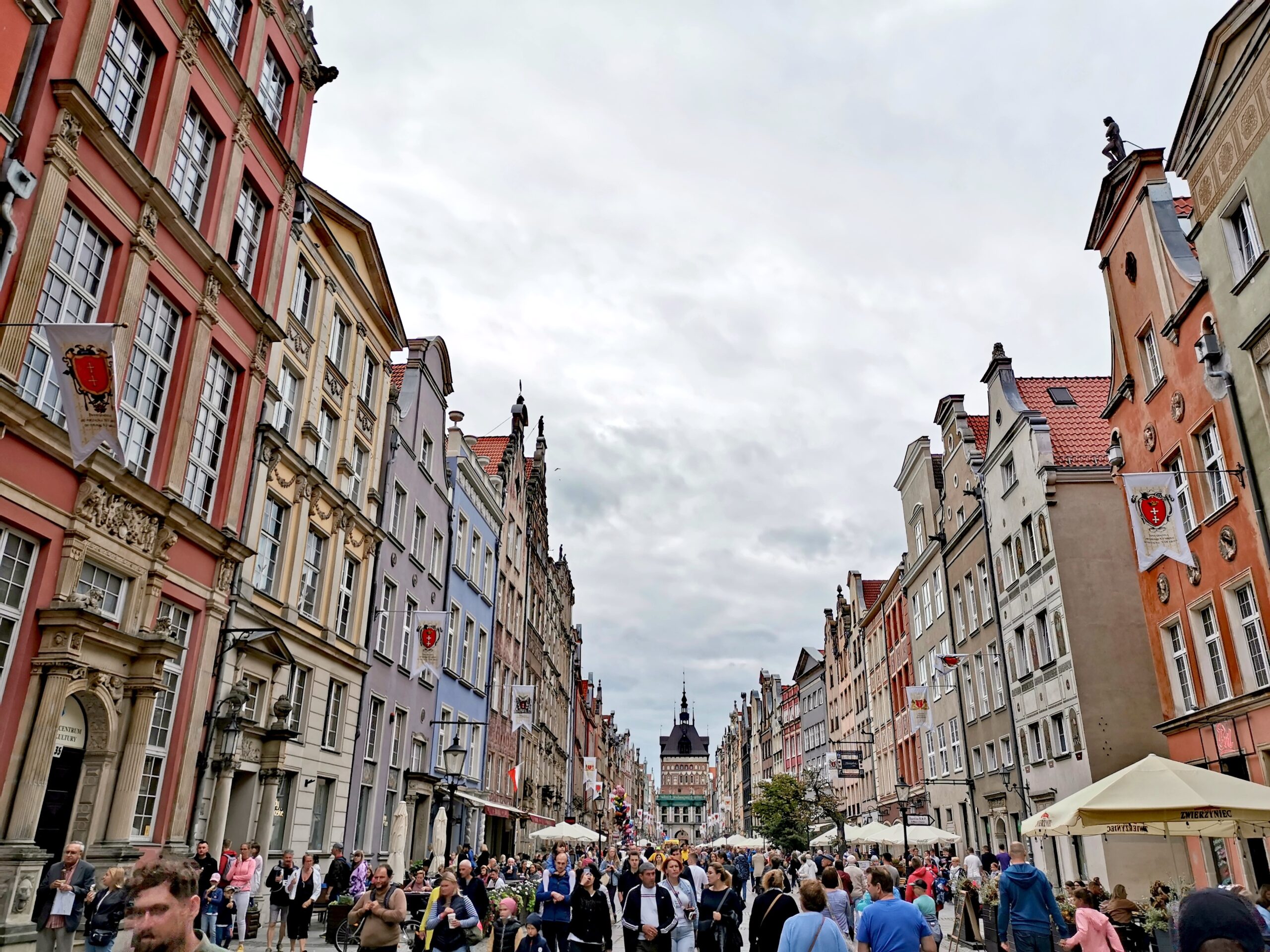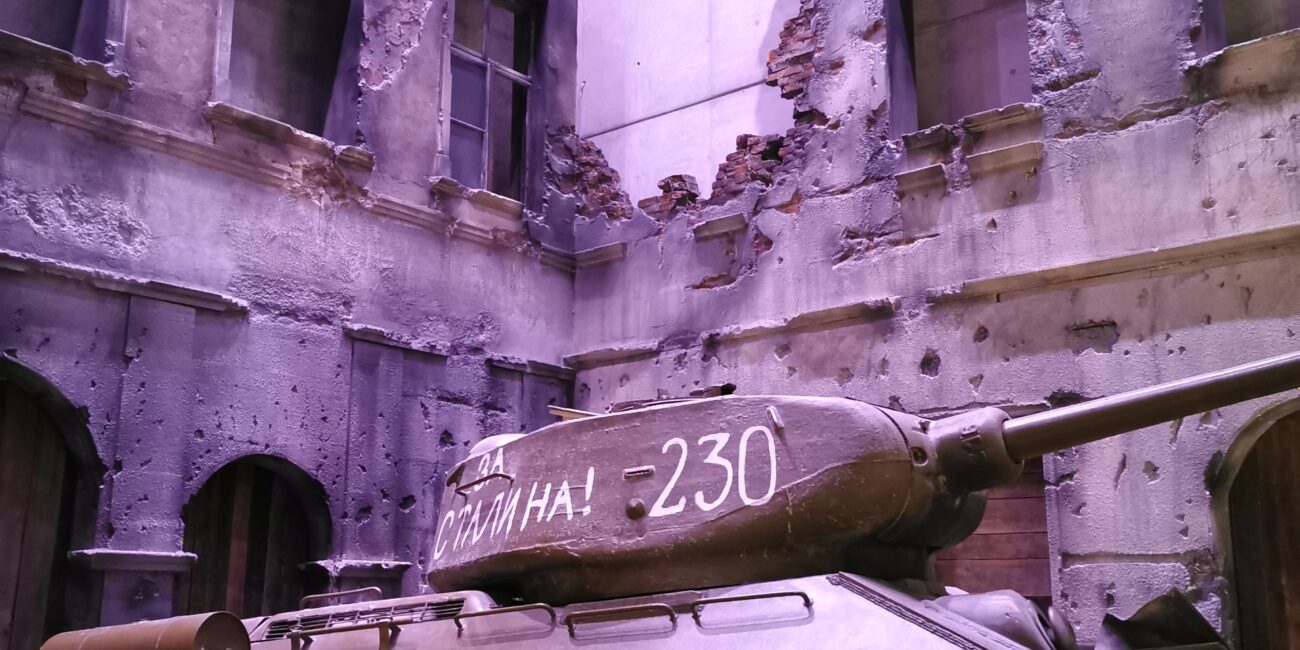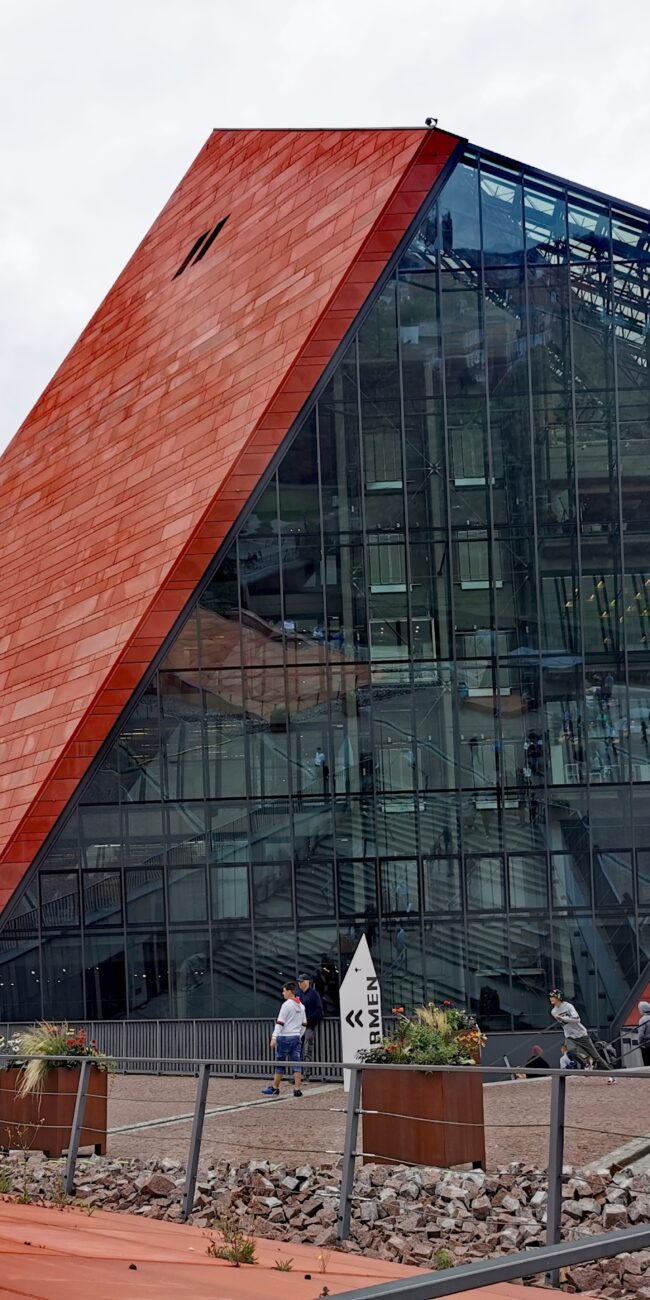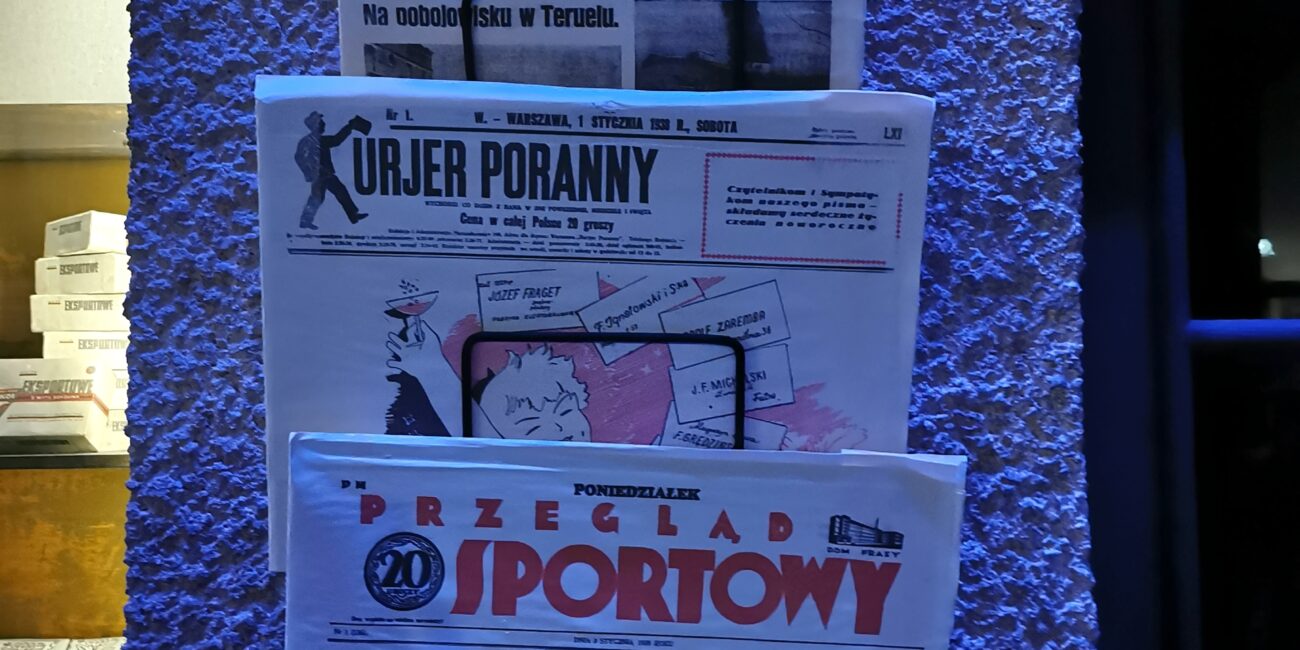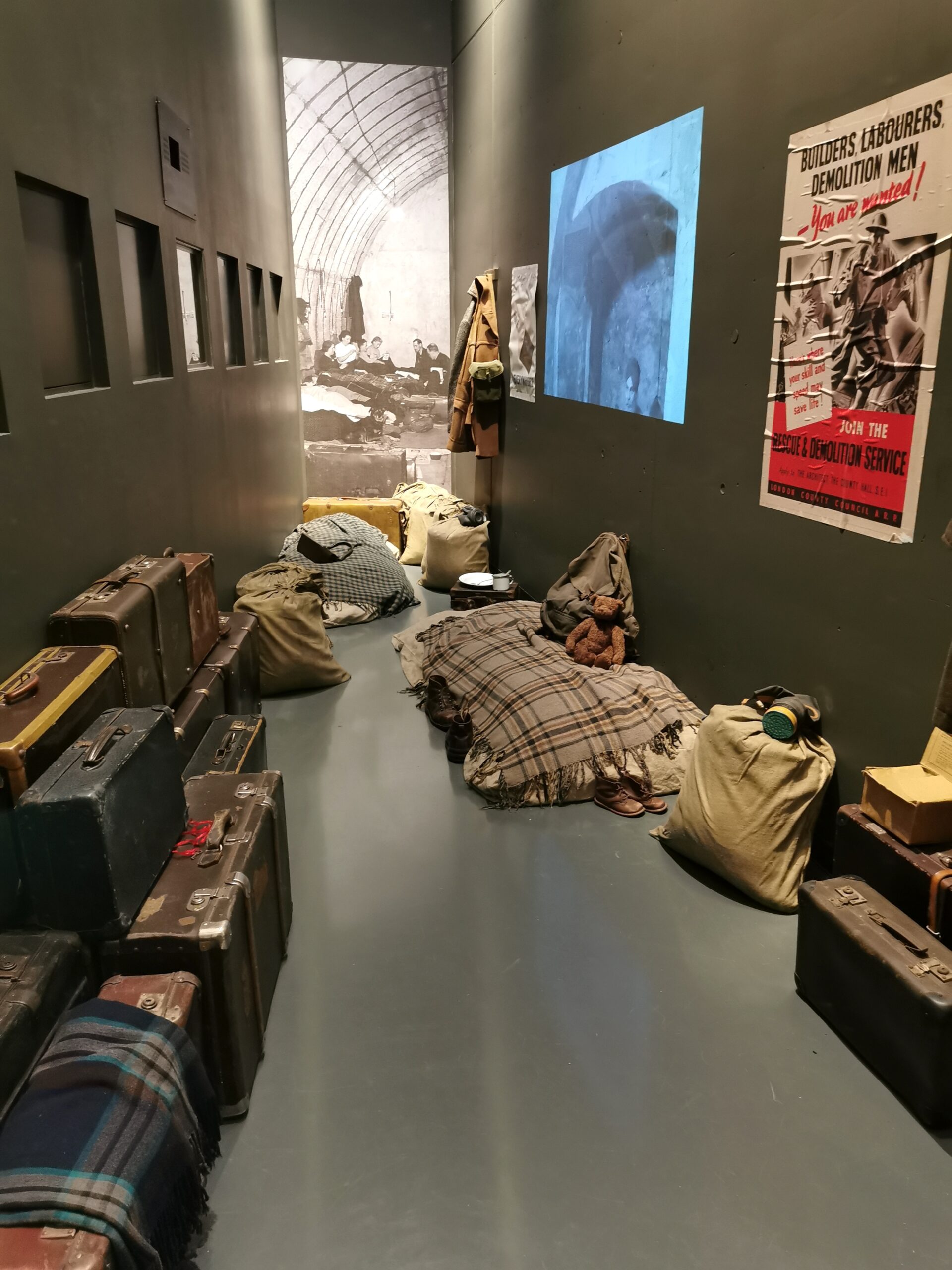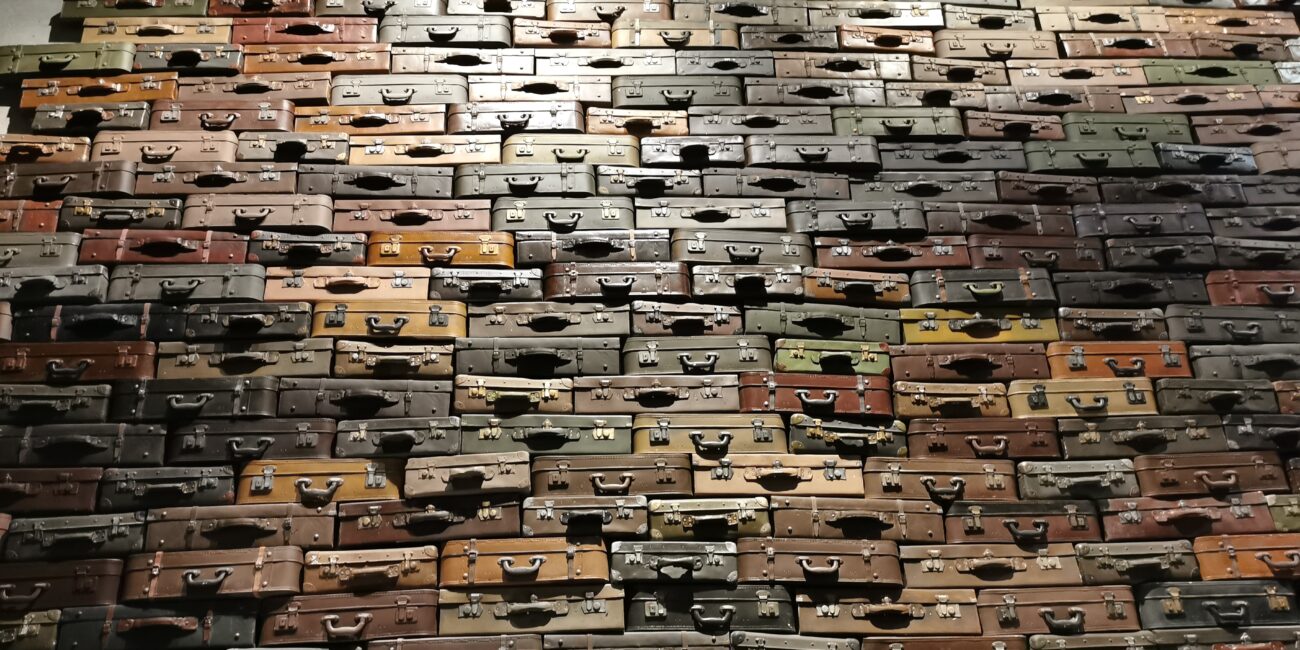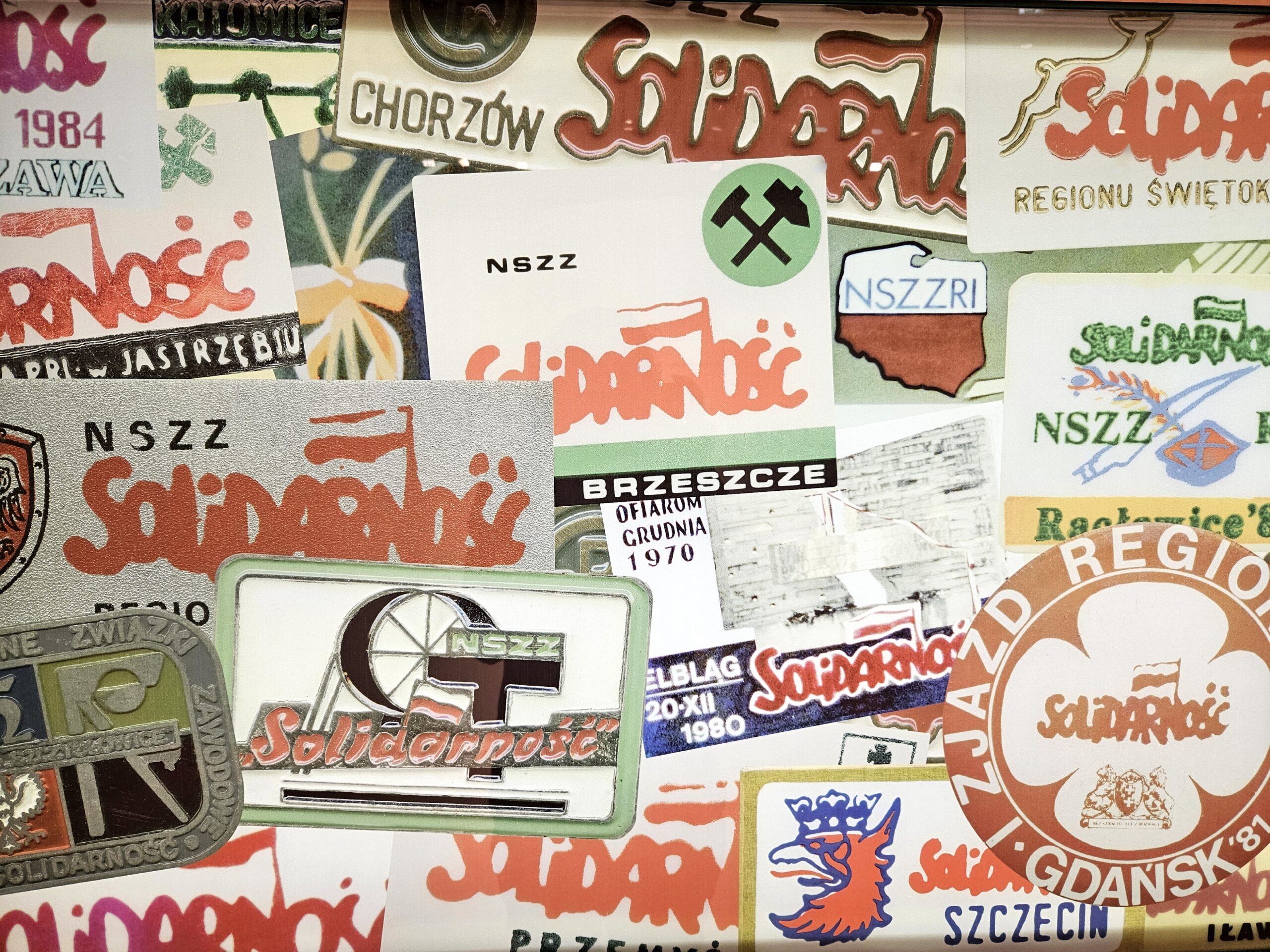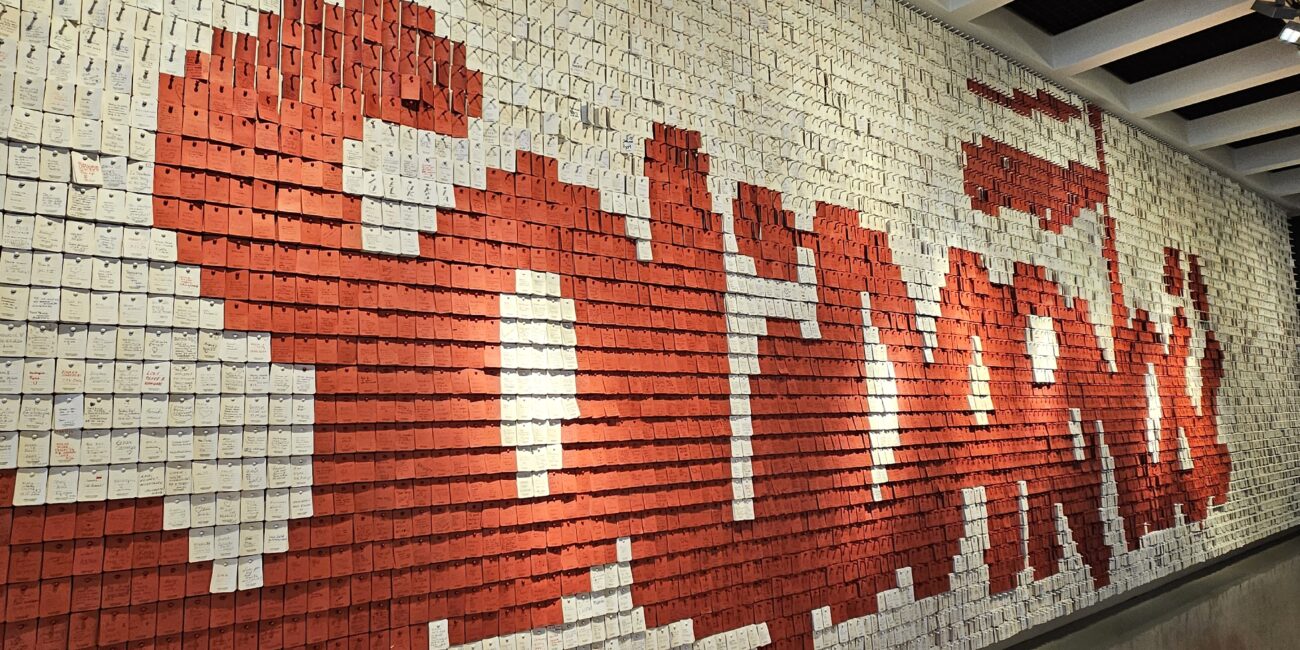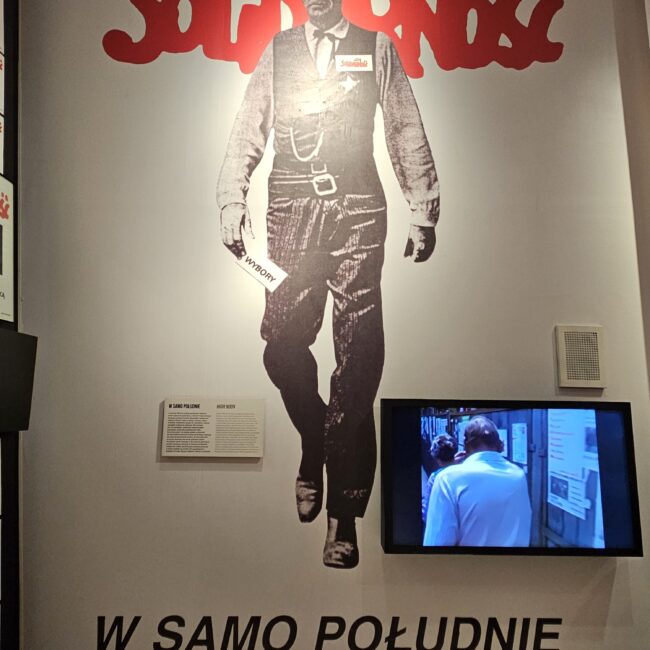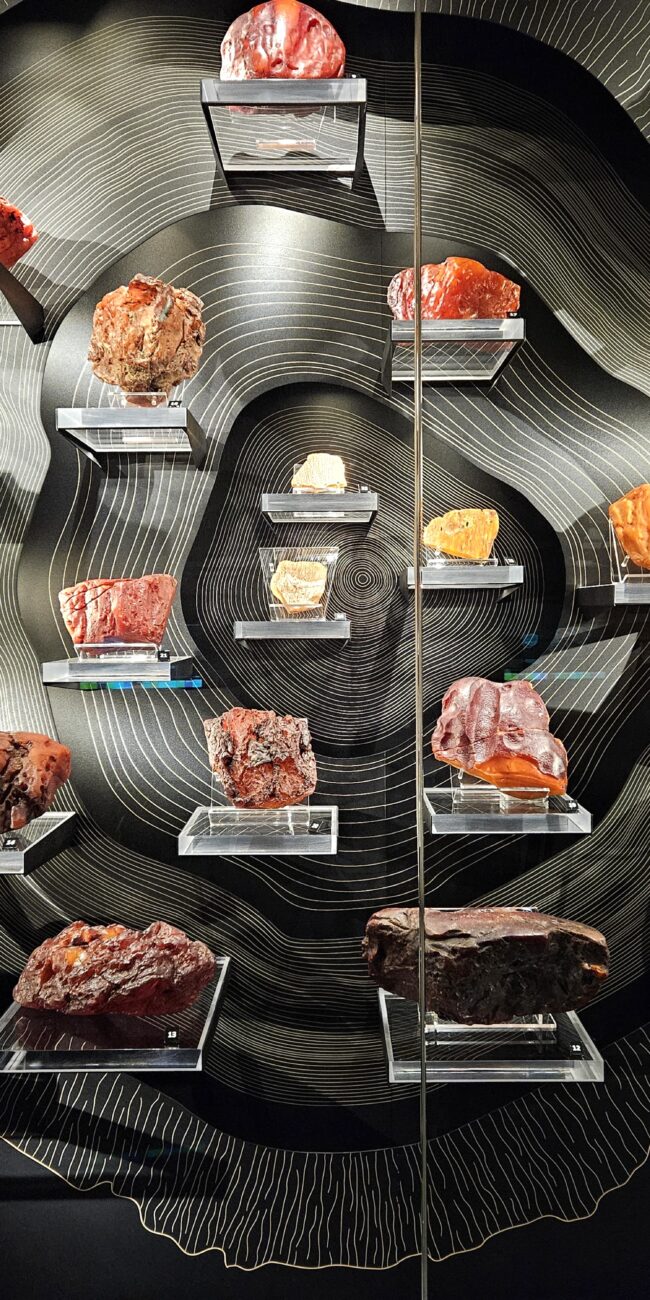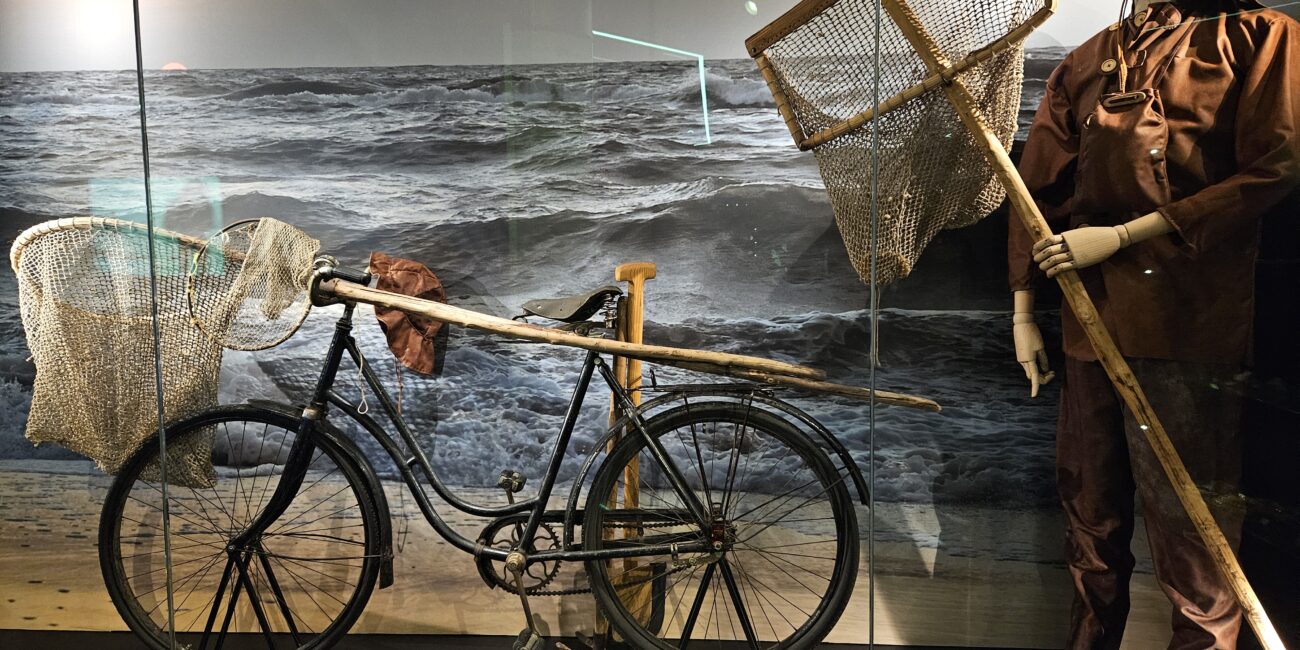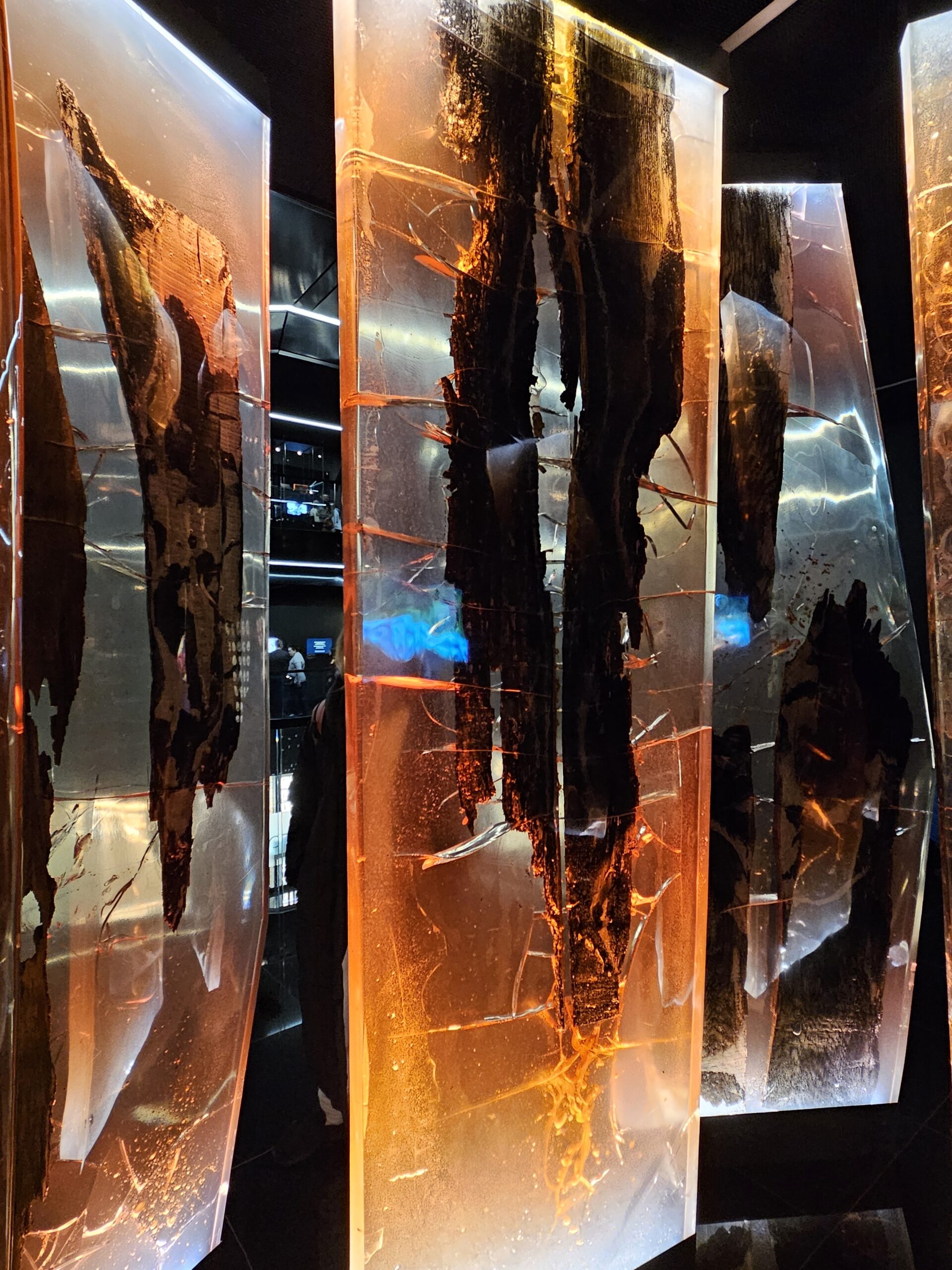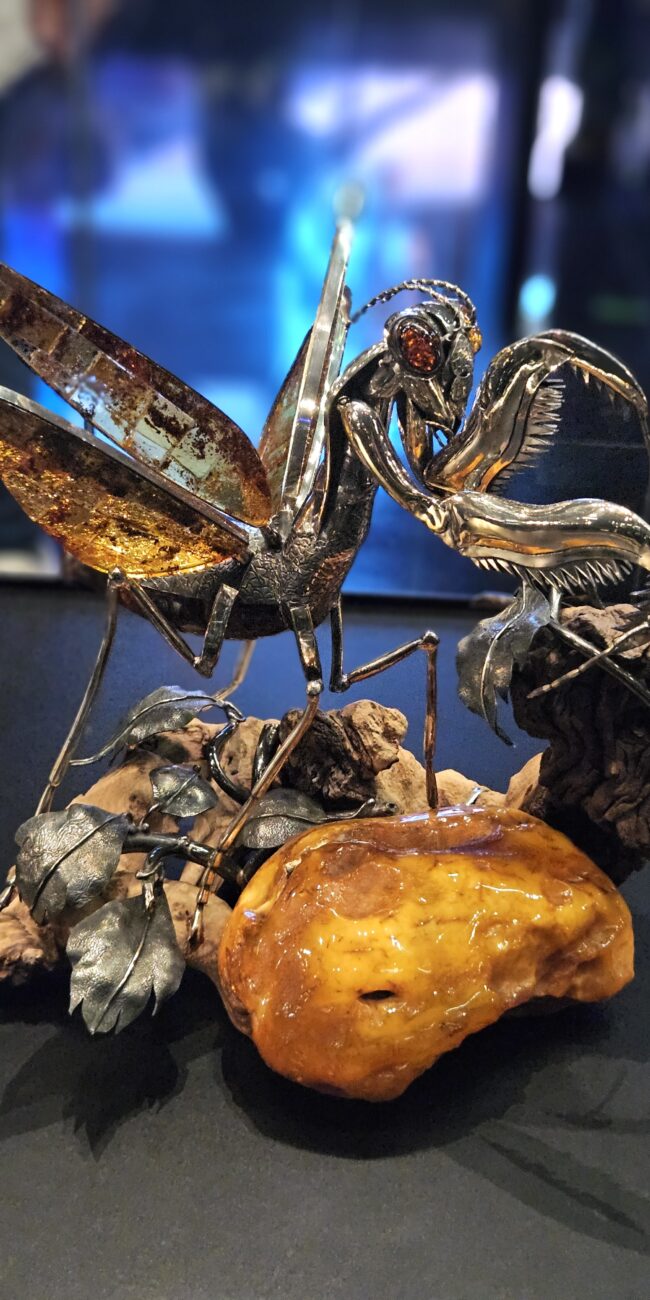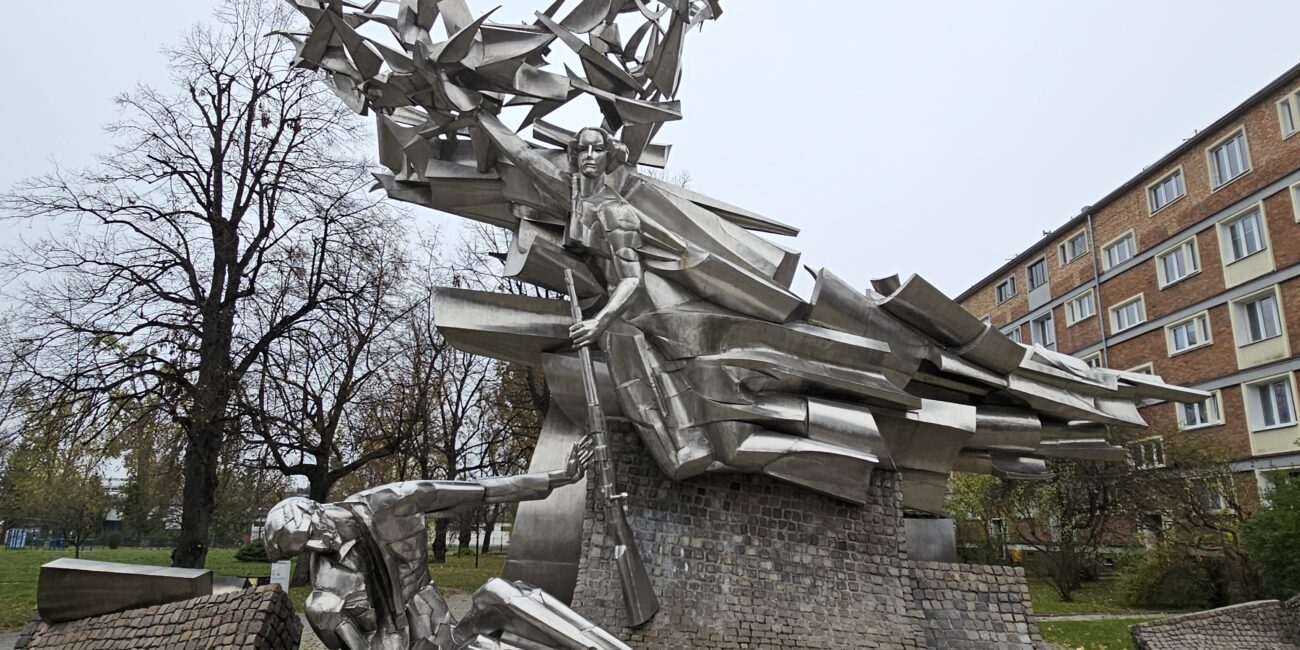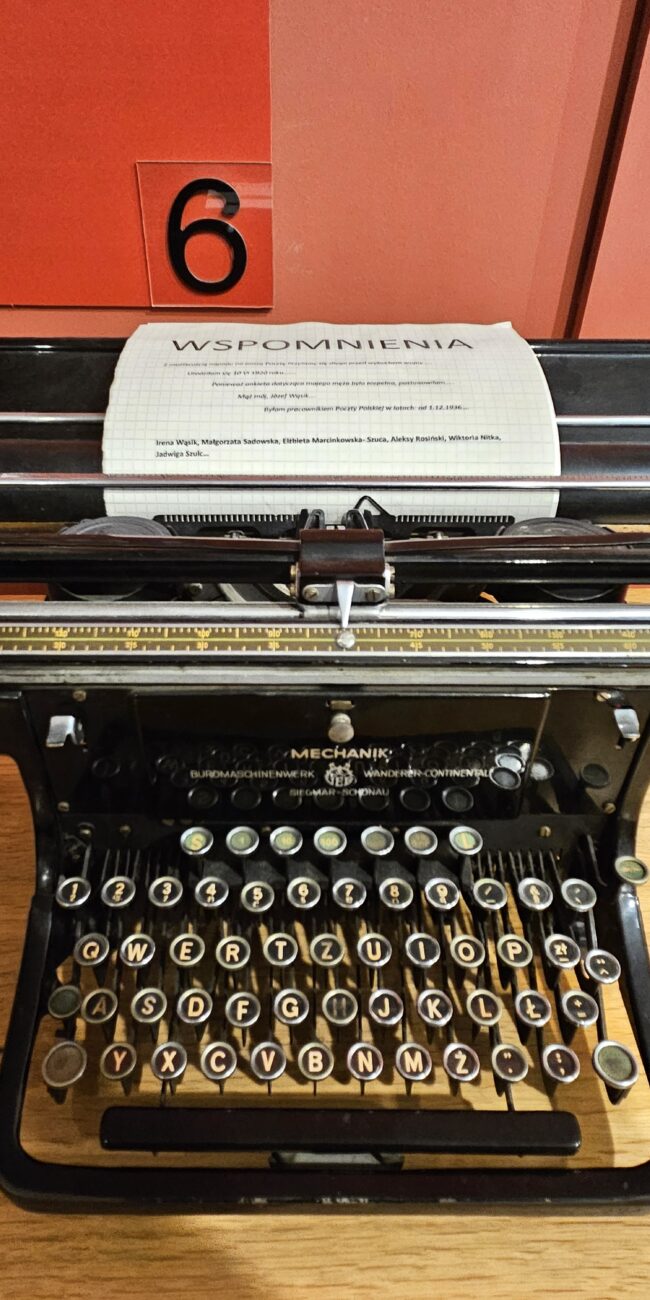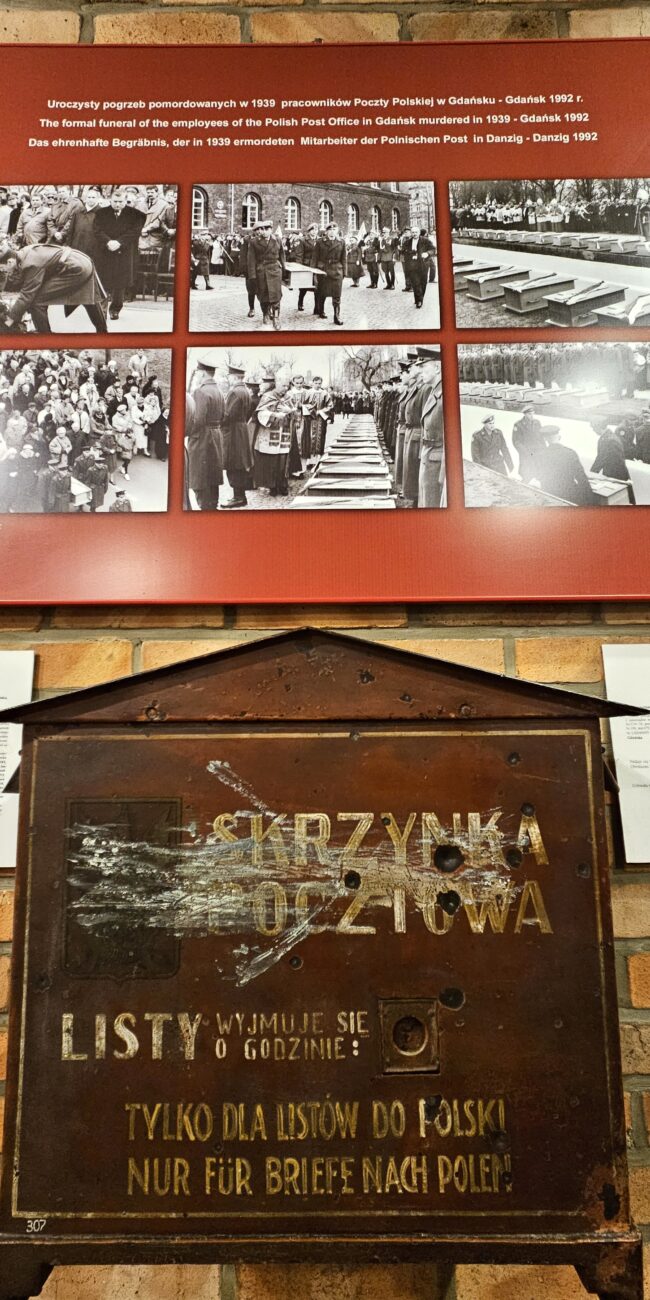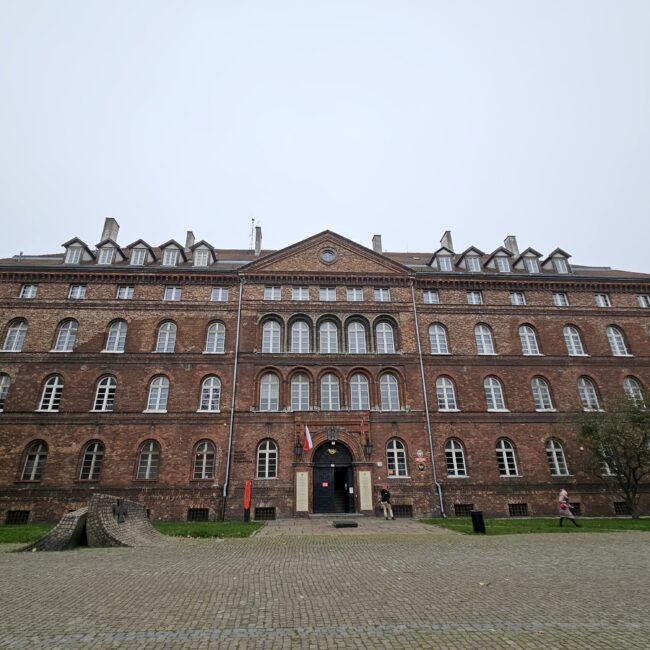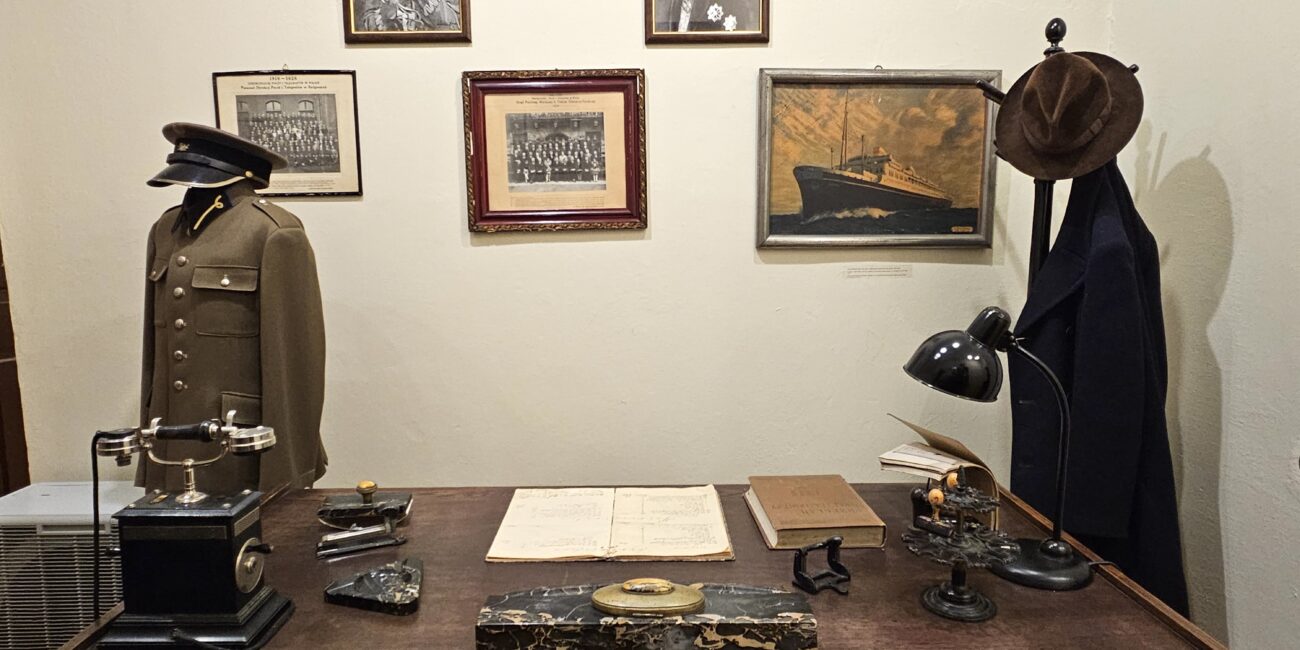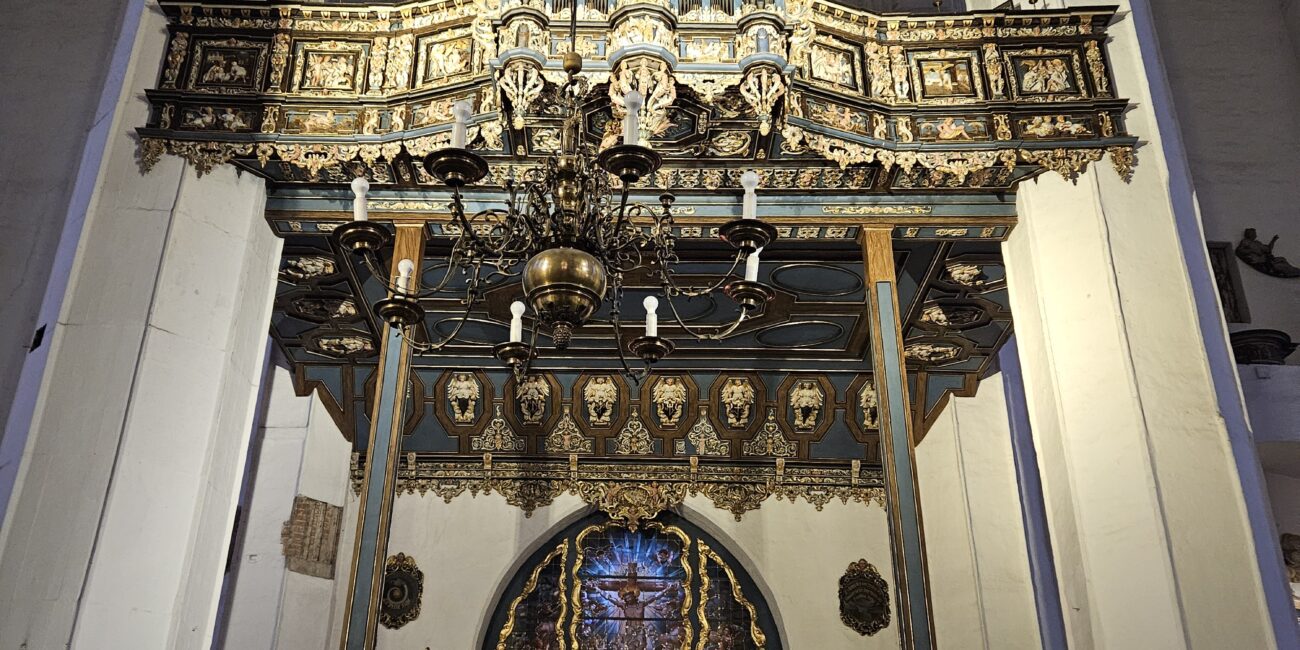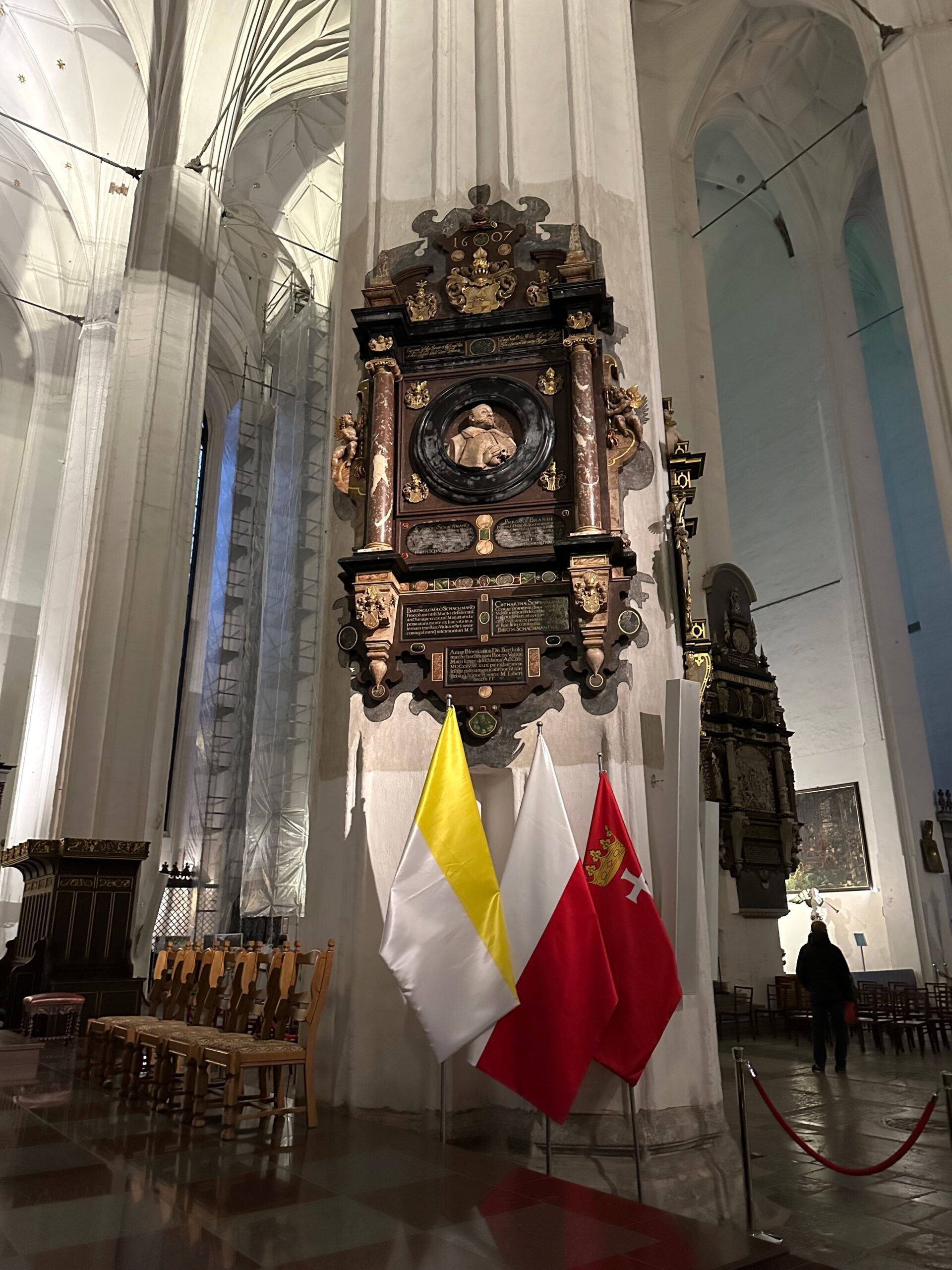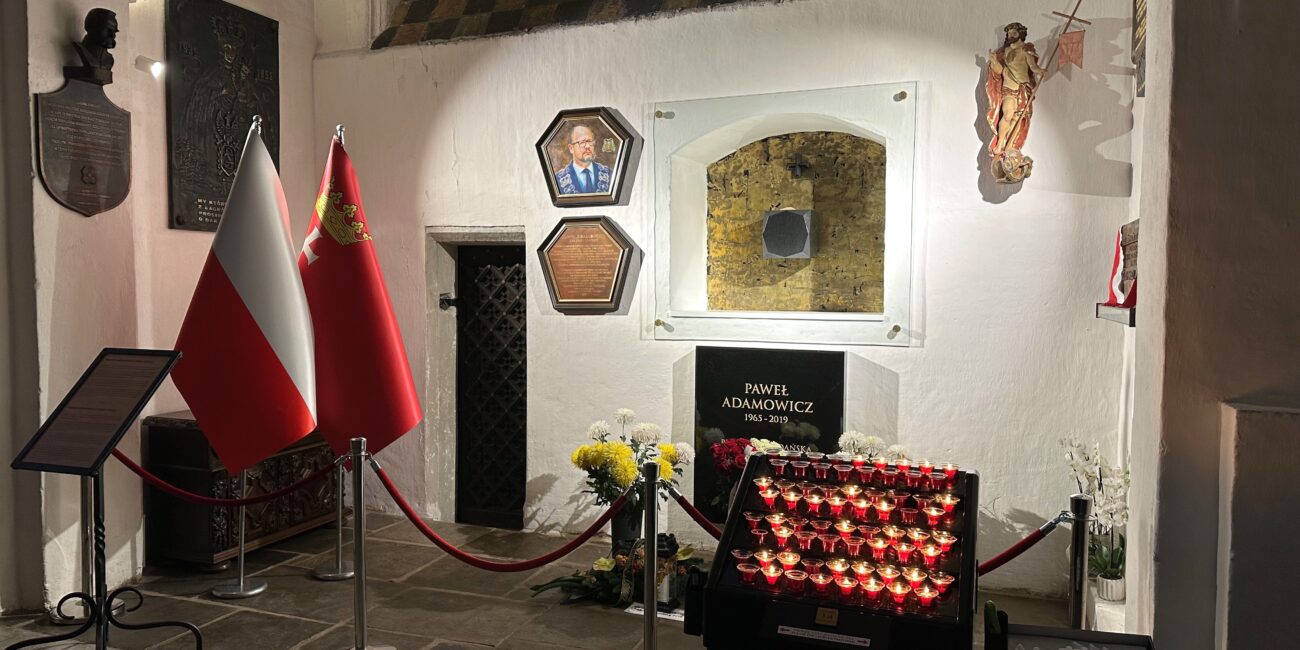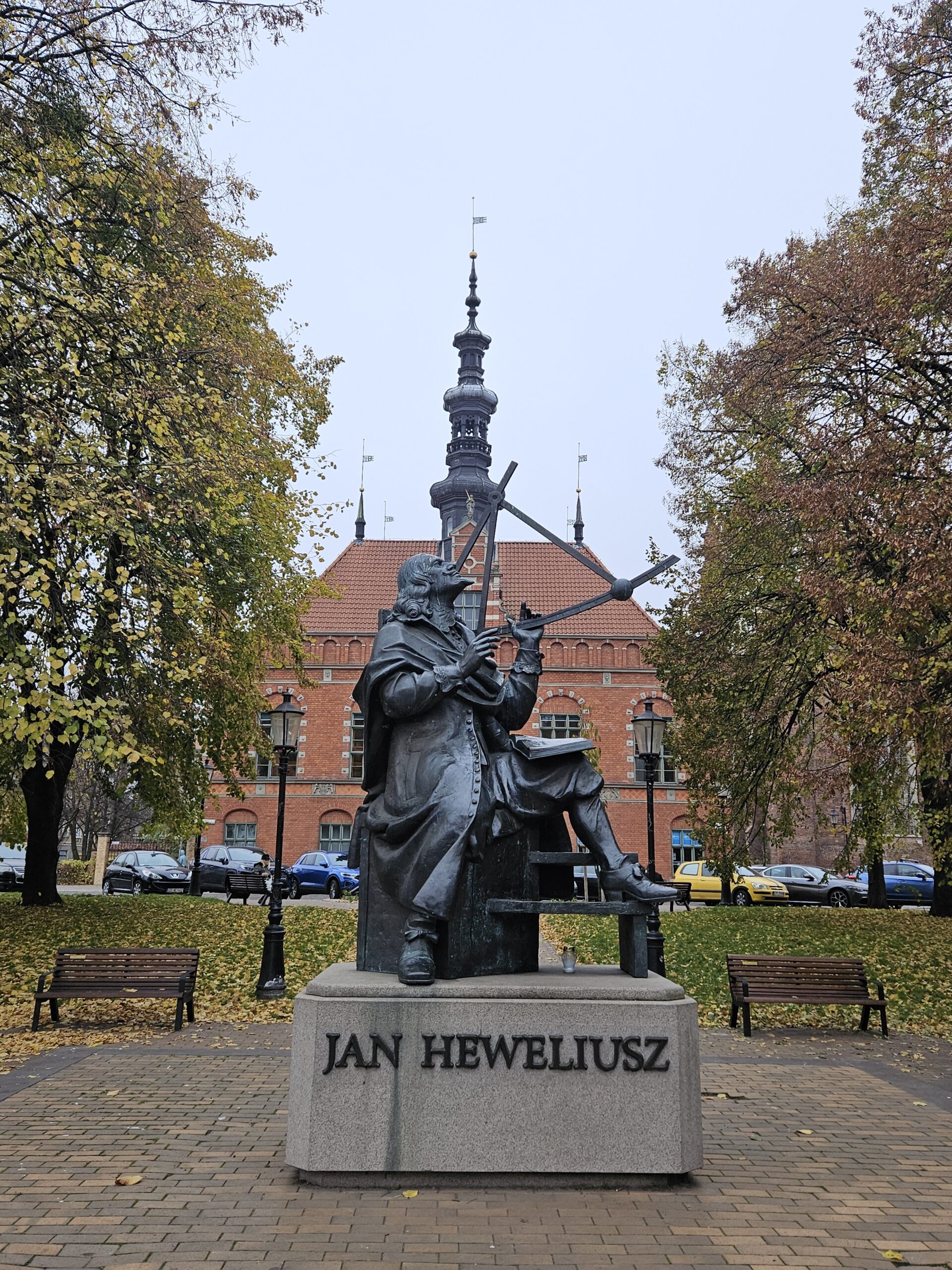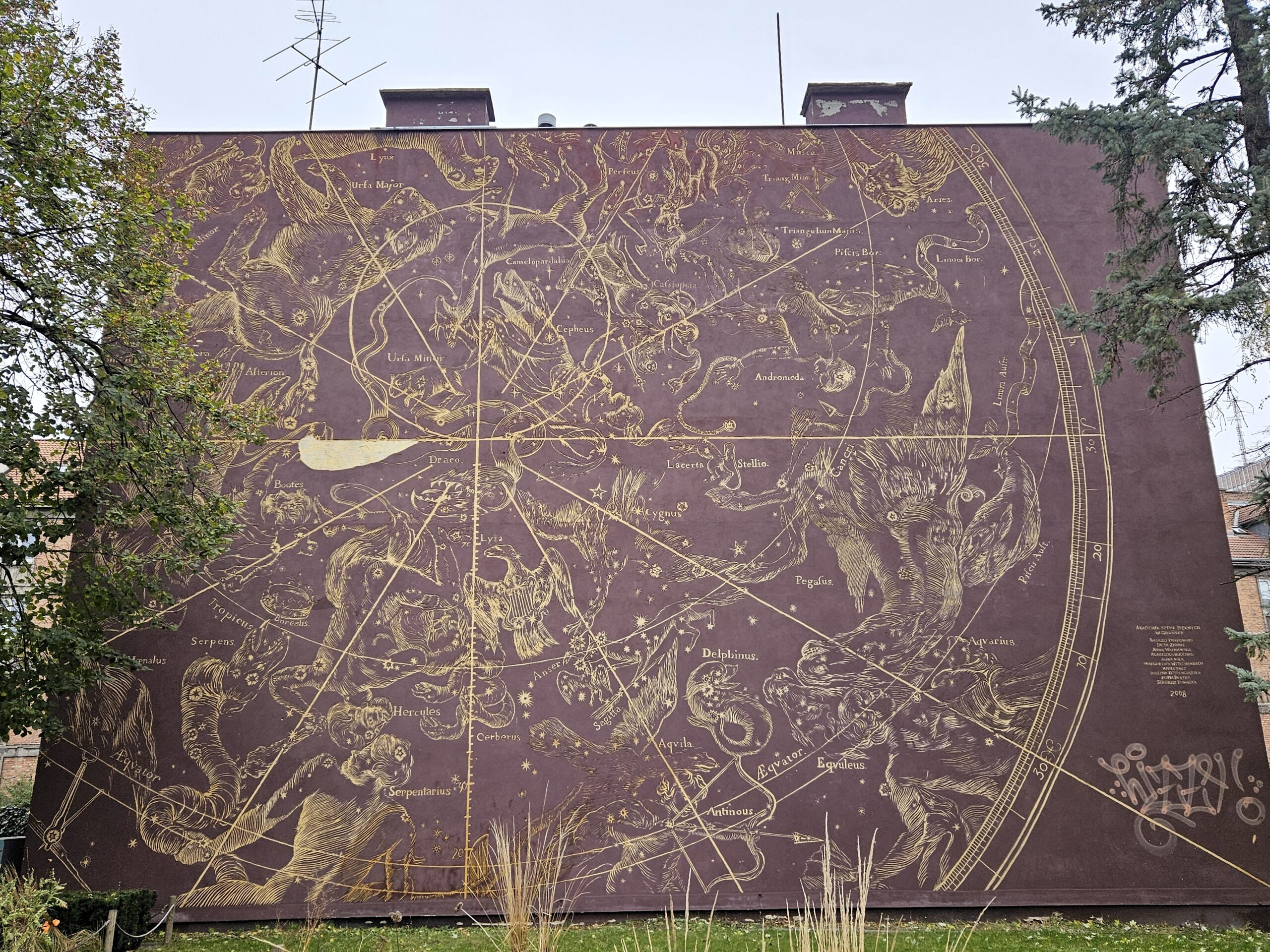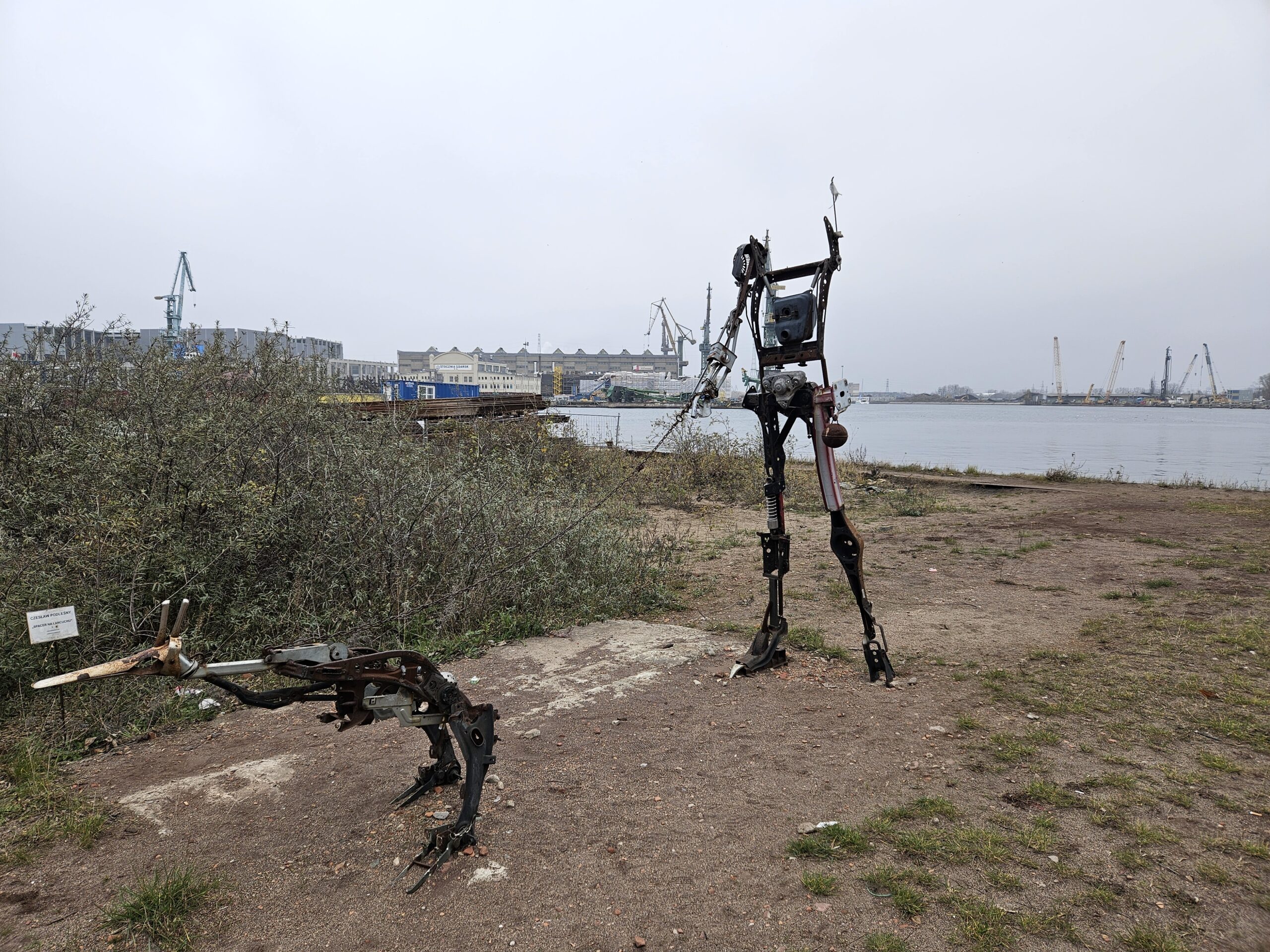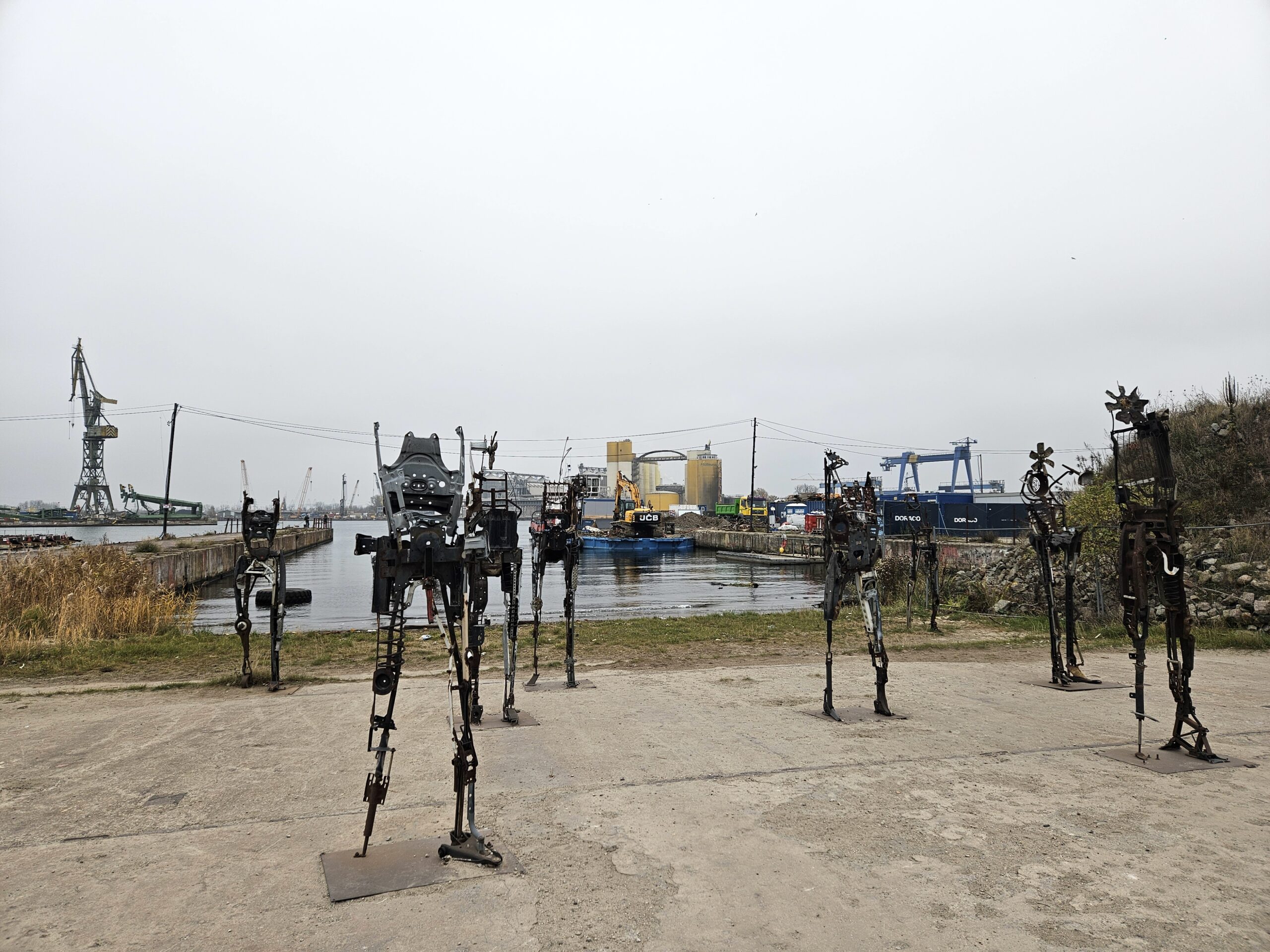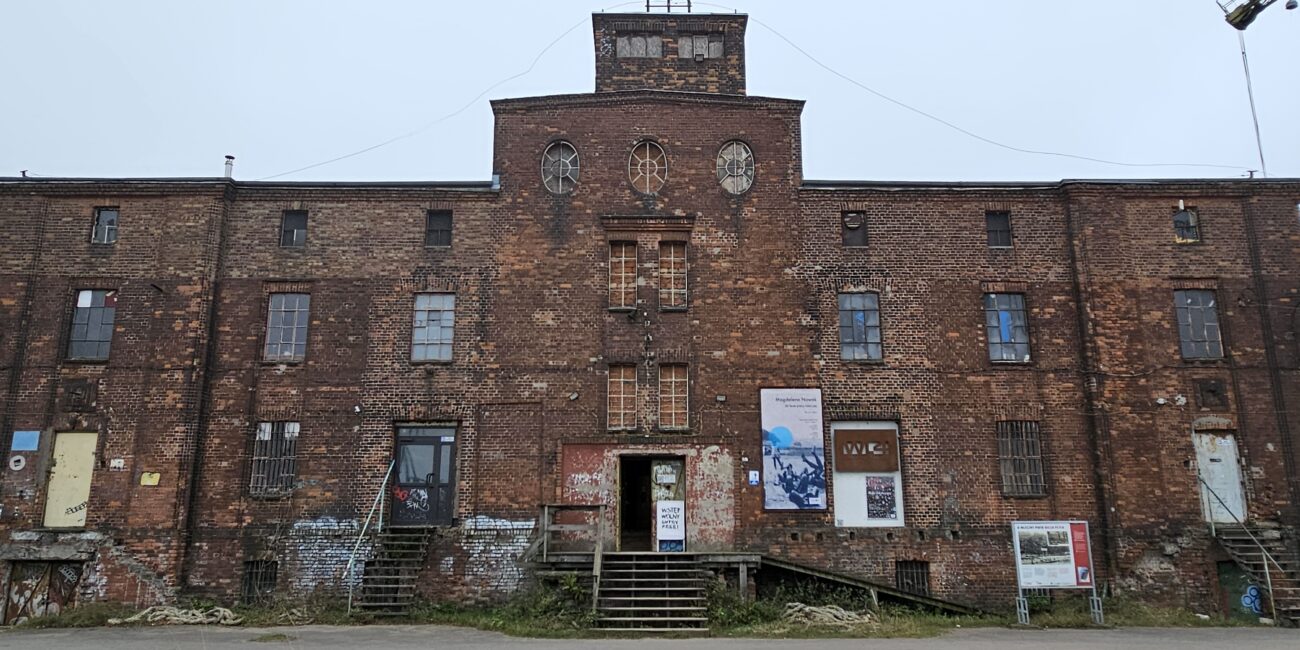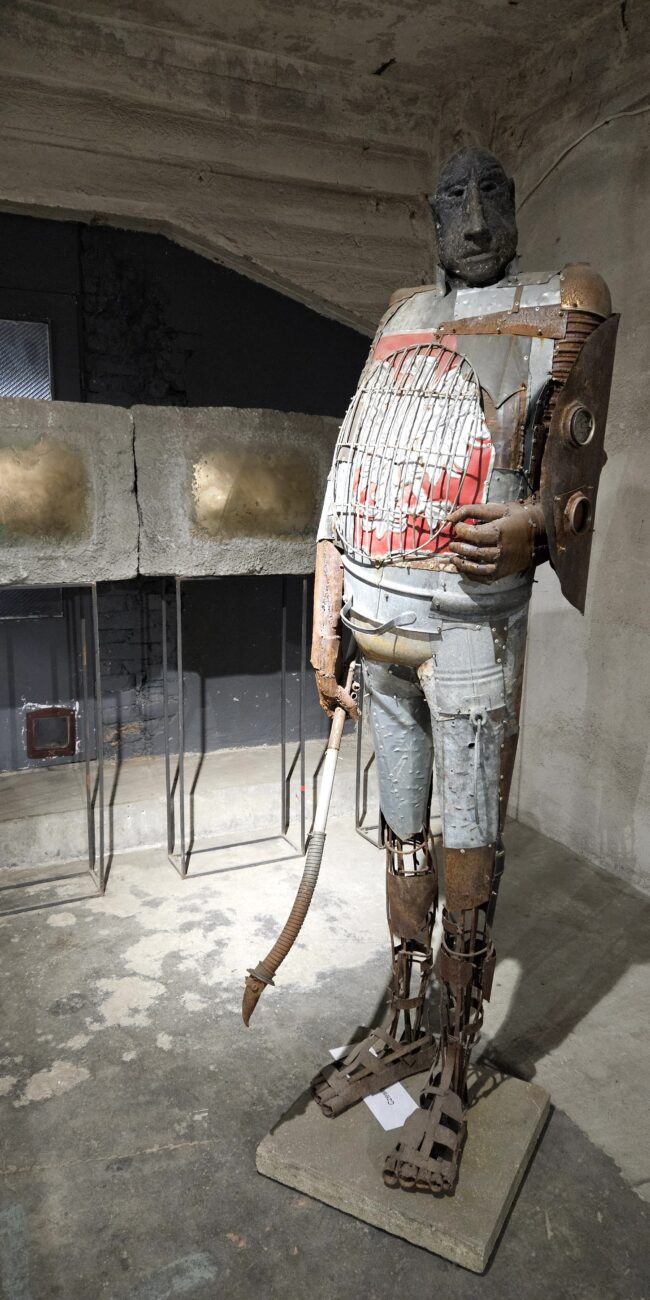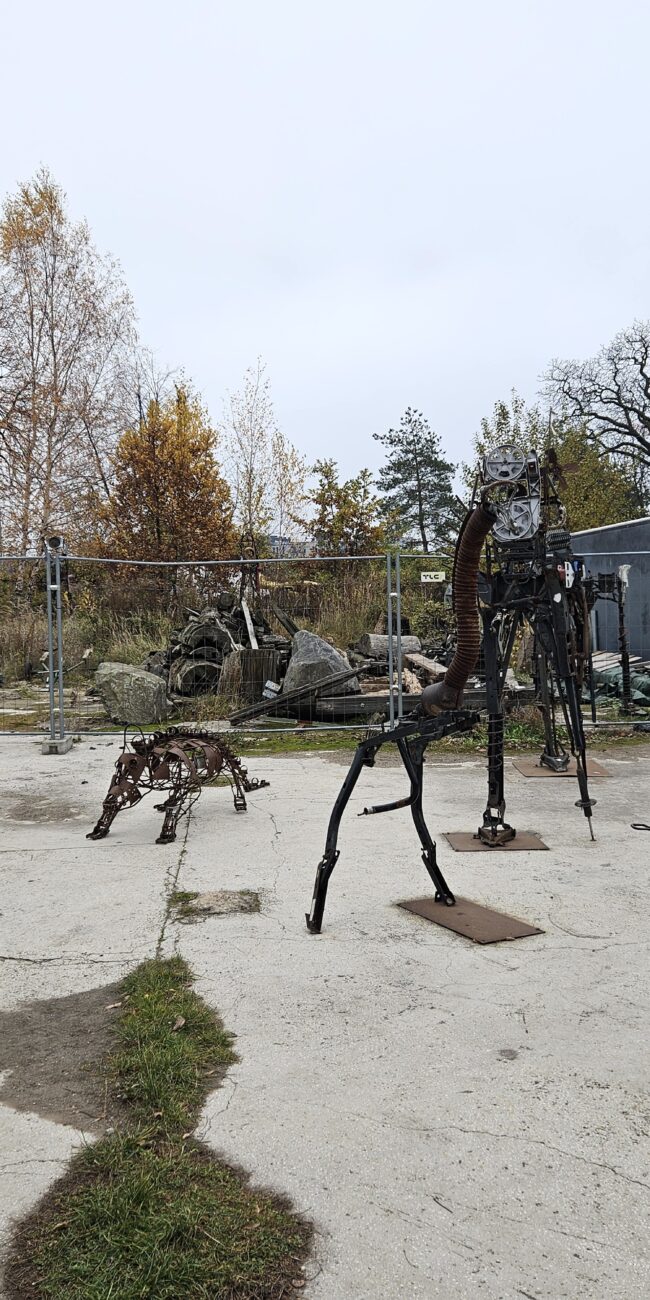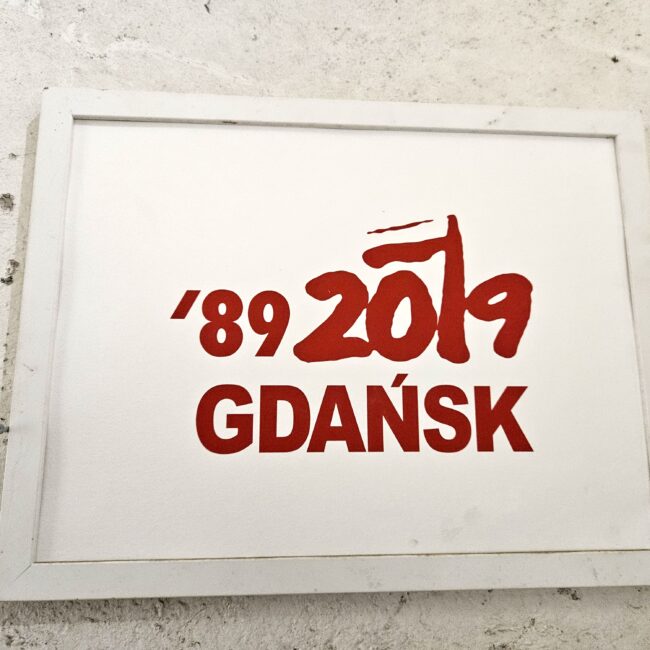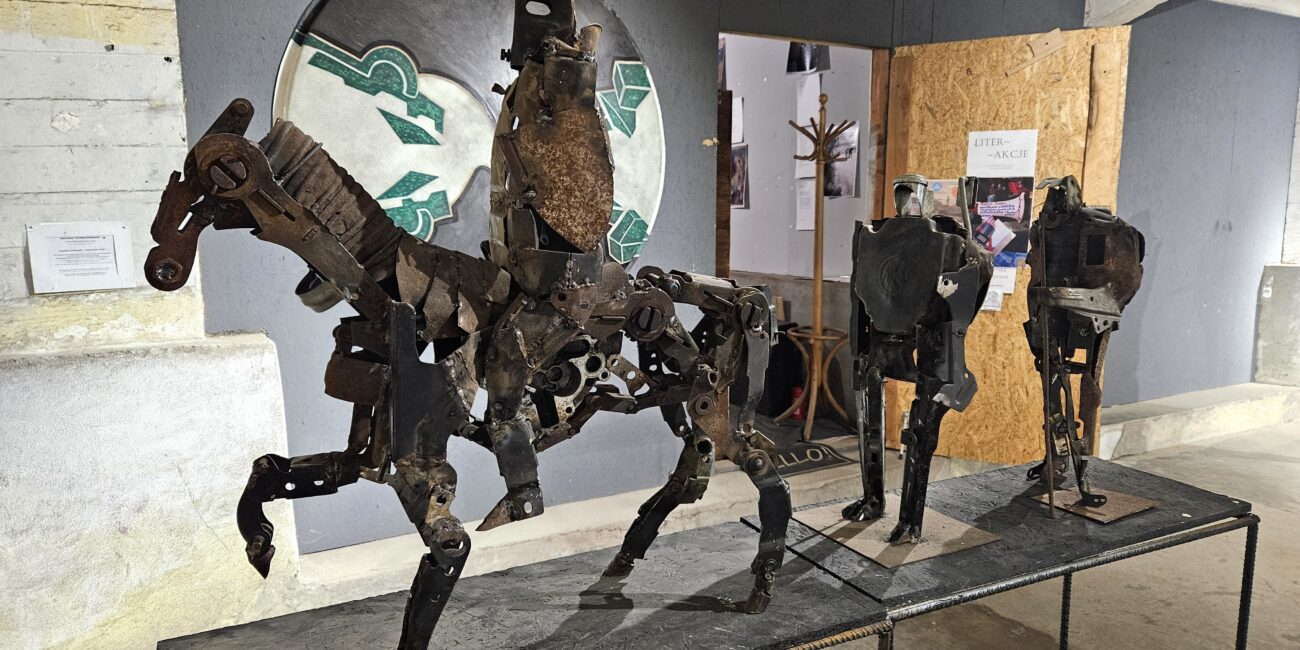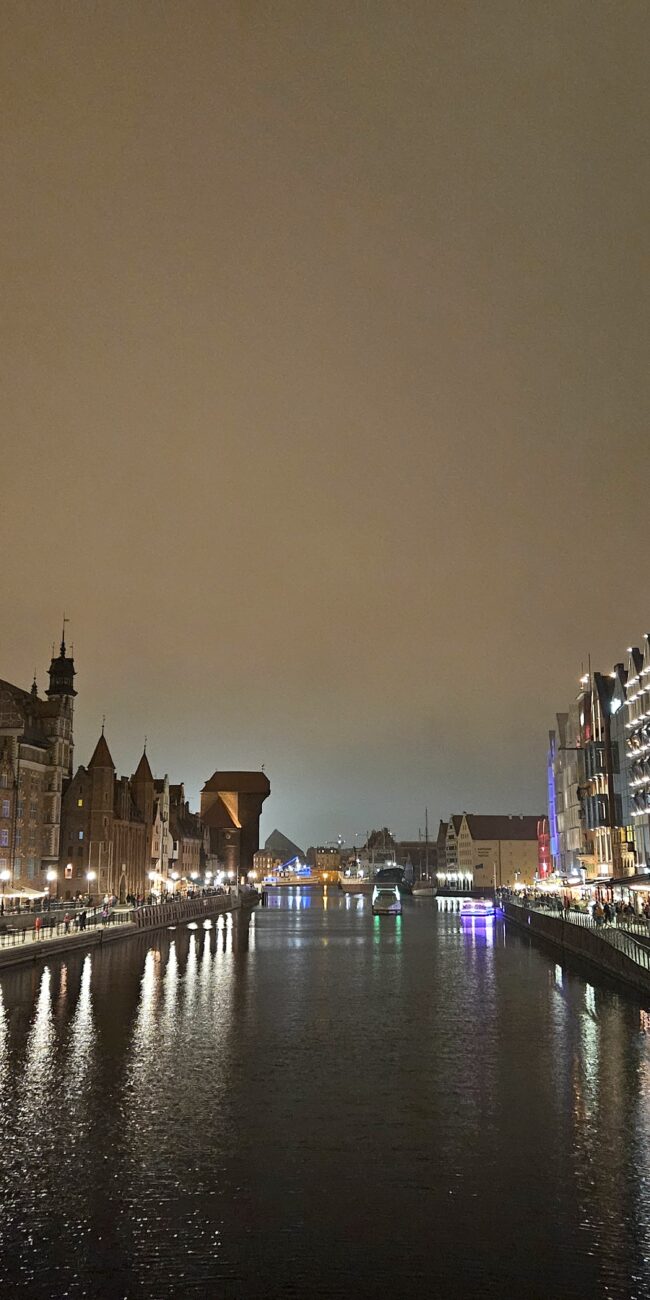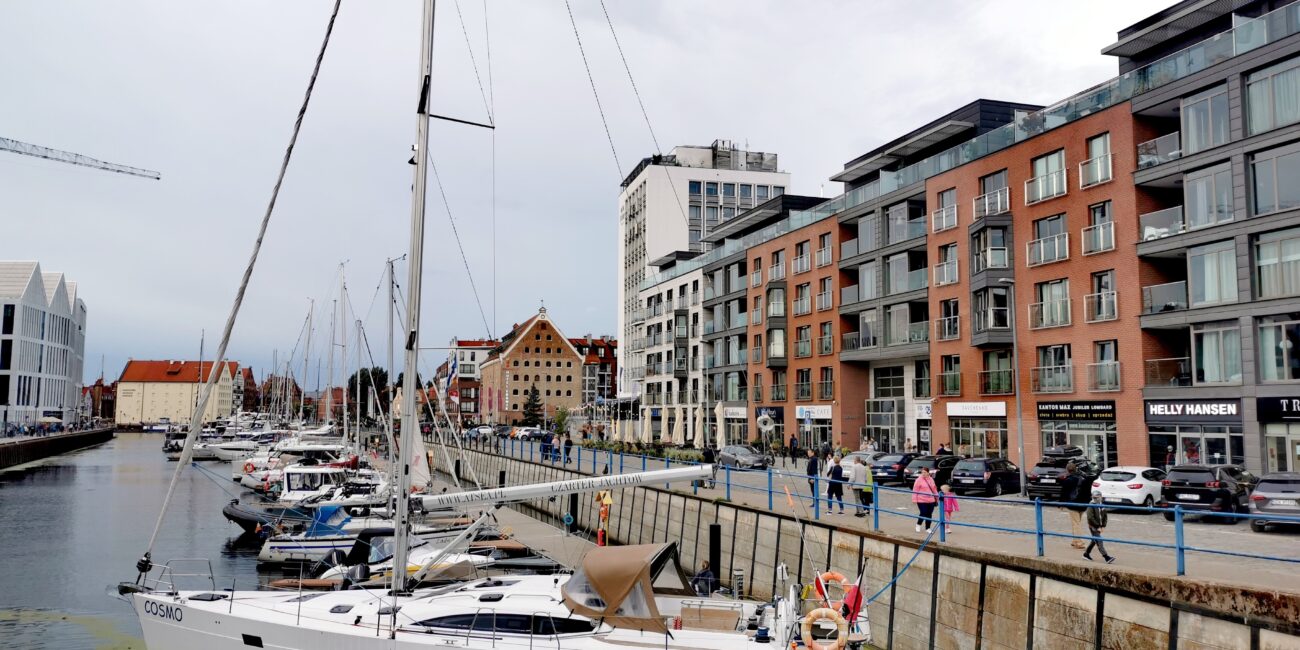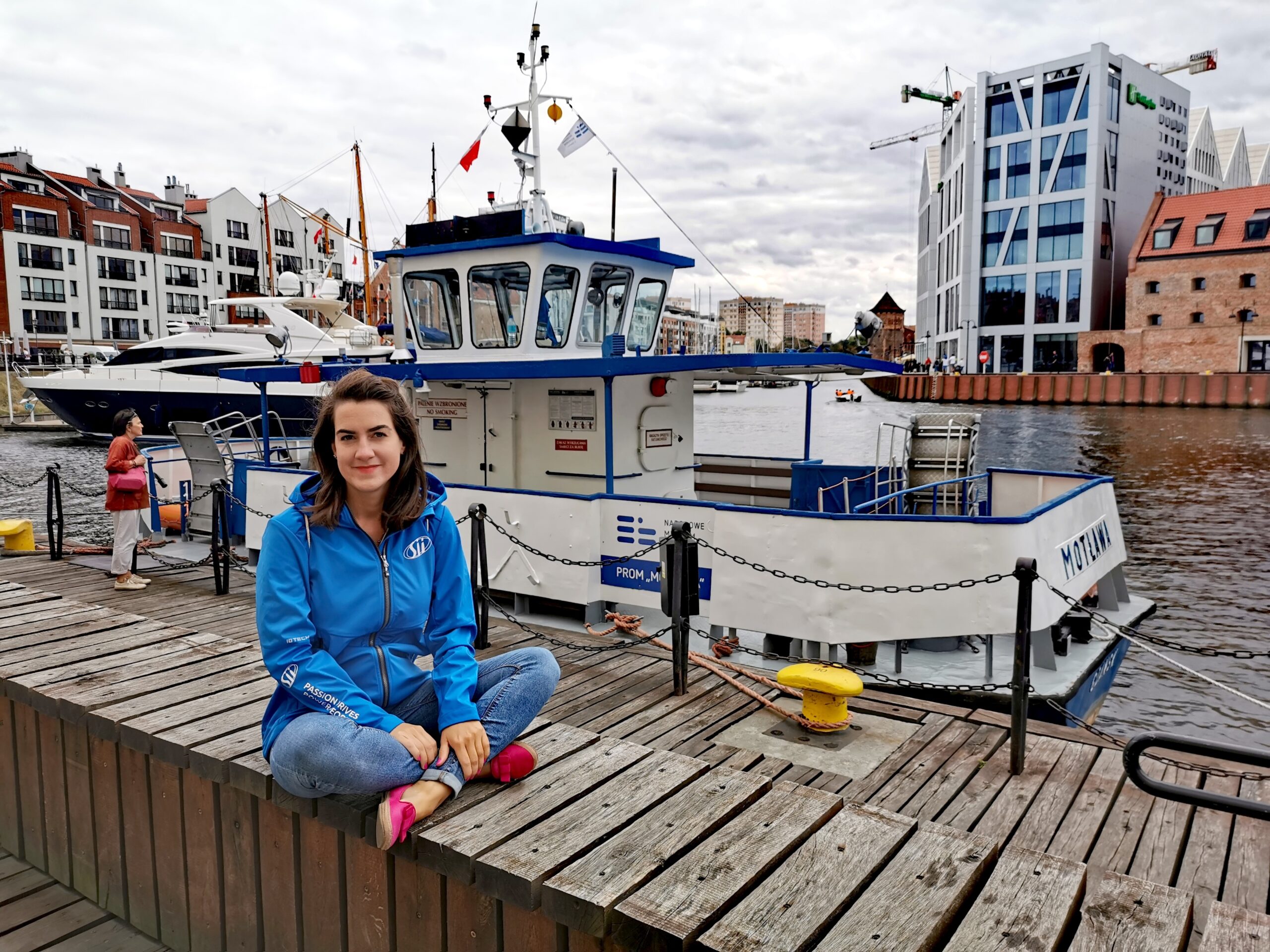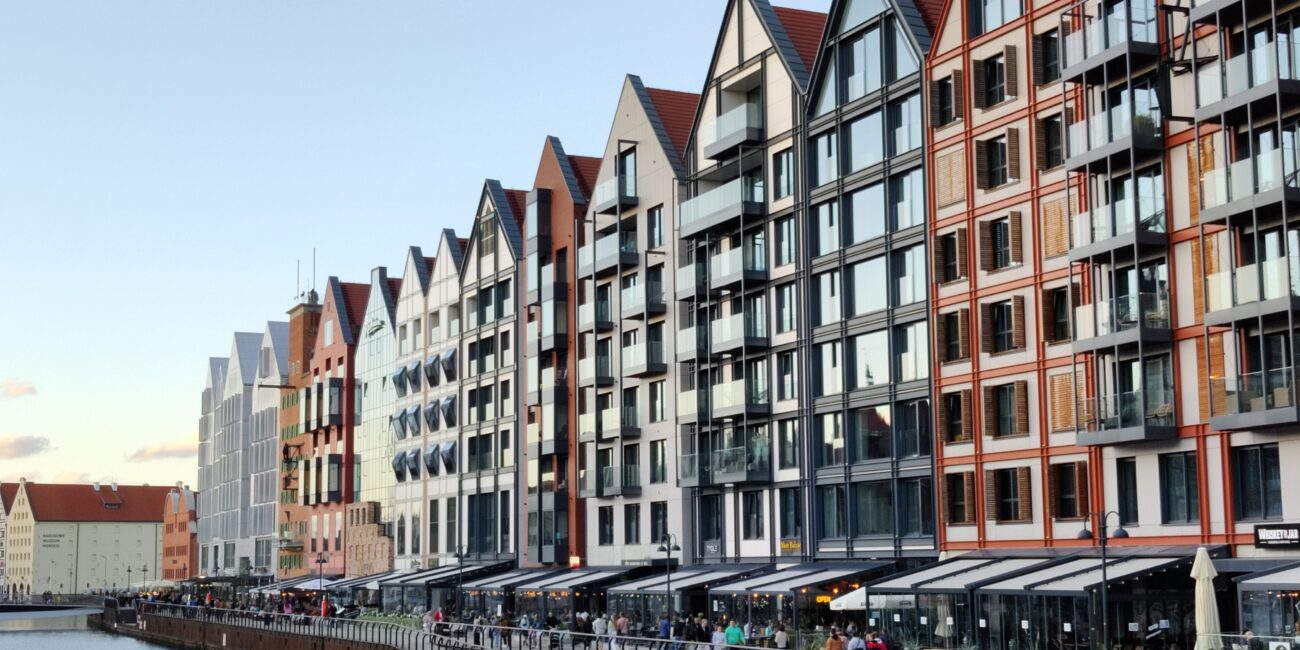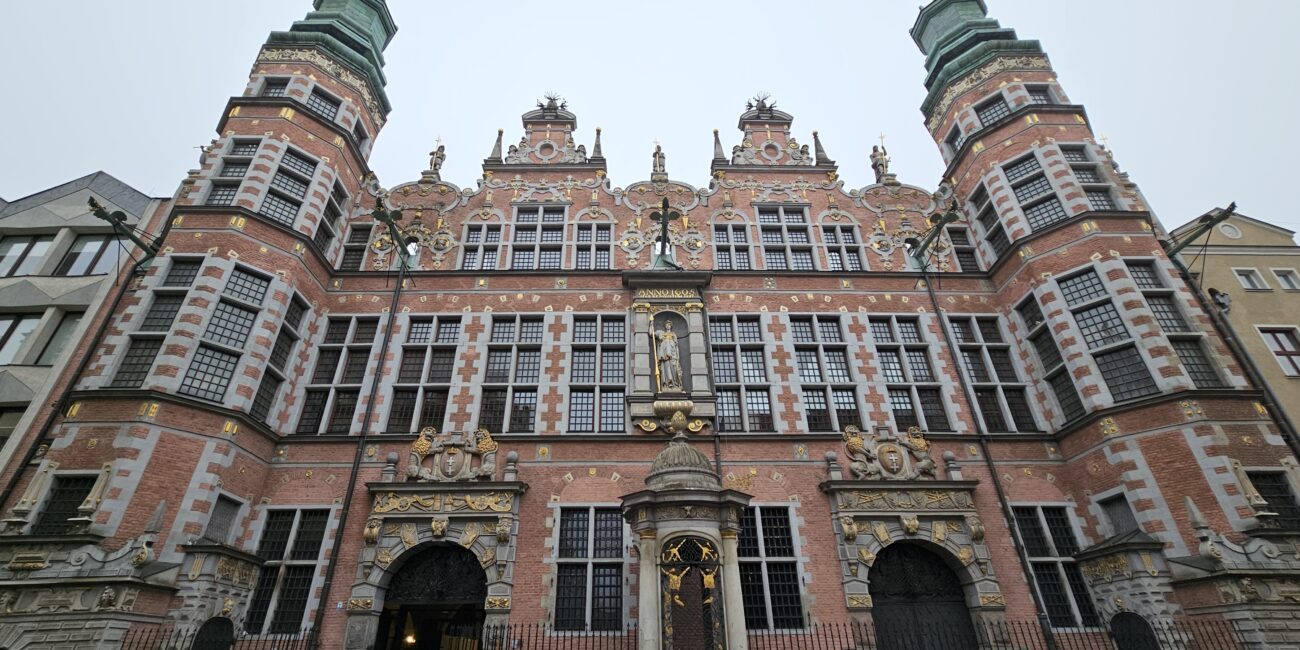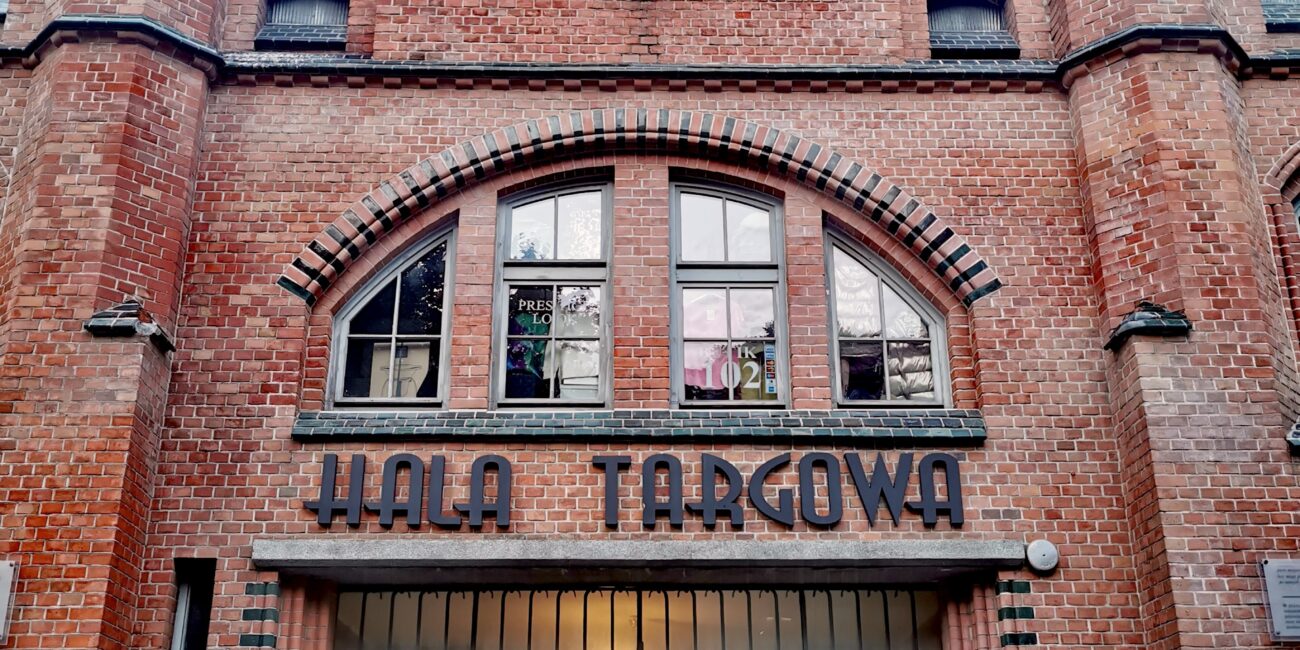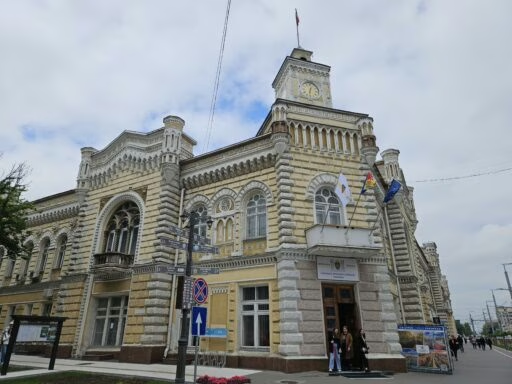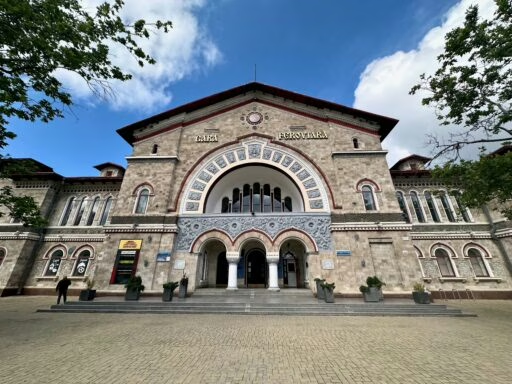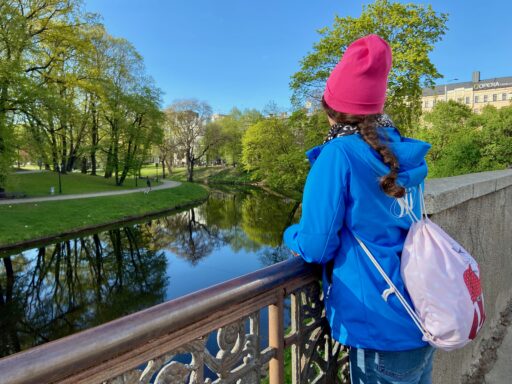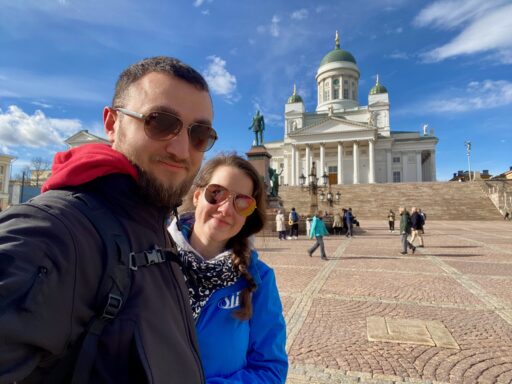This post is also available in:
Polski
Hello! 👋
Gdansk is a city that always tempts with its unique atmosphere – whether you’re traveling there by car or motorcycle. In this post, we’ll share what’s worth seeing in Gdańsk during a long weekend or even a typical Saturday-Sunday getaway. This city has something that attracts both history enthusiasts and those who simply want to enjoy the moment amidst beautiful scenery. Don’t worry, we’ve got suggestions for every type of trip! 🚗 🏍️
We invite you to discover this unique city with us – step by step, sharing tips. Ready? Here we go! ✨
Where is Gdansk located?
Gdańsk is a charming city located in northern Poland, on the Baltic Sea, where the Motława River meets the Vistula. It is the capital of the Pomeranian Voivodeship and one of the three cities that form the Tri-City area, alongside Gdynia and Sopot.
The history of Gdańsk dates back to the 10th century when Duke Mieszko I incorporated this area into the Polish state, facilitating trade along the Baltic routes. Thanks to its strategic location at the mouth of the Vistula River, the city quickly became an important trading hub, attracting merchants from across Europe. In the 14th century, Gdańsk joined the Hanseatic League, further strengthening its position as a key port in the region.
Over the centuries, Gdańsk came under various rulers, including Polish and Prussian control, and even existed as a Free City. This rich historical heritage is reflected in the city’s architecture and culture, making it a fascinating place to visit.
Today, Gdańsk enchants visitors with its picturesque streets, historic buildings, and vibrant waterfront, standing as a testament to its turbulent yet rich history.
How did we travel?
Well, choosing how to travel to Gdańsk is always an adventure for us! 😄 In November 2024, we opted for the car – comfort first, of course. But in March? Oh, that’s when we hit the road on our BMW R1250 GS motorcycle. While it sounded like the perfect plan to kick off the motorcycle season, reality quickly proved challenging. On the way back, we encountered extremely windy weather – really windy, with gusts reaching 60-70 km/h. Imagine riding a motorcycle with a strong side wind… It felt almost like battling an invisible opponent at the gym! 💨
Jadzia, my brave passenger, quickly stopped sharing my optimism. Her nerves were stretched to the limit, and the idea of switching to a more stable mode of transport became increasingly tempting. To avoid being tossed around by the wind, we avoided the expressway and stuck to side roads. The plan was simple – we just wanted to make it home in one piece. Everything worked out fine, but time-wise… well, let’s just say that five and a half hours in the wind doesn’t exactly scream romantic getaway. 🙈
Despite everything, we made it to our destination, though it was one of those trips that makes you think, “Maybe the car next time?”. But you know what? Memories like these stick with you much longer – how could they not, when the wind nearly carried us away along with the motorcycle! 😅
Not only first time
During my earlier years working in television, I visited Gdansk so often that I almost started treating it as one of Warsaw’s districts. Honestly, all I was missing was a city card with “Tri-City” written on it. 😂 Jadzia felt the same way. Yet, every visit had its own charm – whether I was heading to a conference with a camera in hand or Jadzia was arriving with a backpack slung over her shoulder.
How to get to Gdansk?
Gdańsk, the gem of Poland’s coastline, offers a variety of transport options to suit your preferences and needs. Here’s an overview of the available modes of travel:
🚗 By car or 🏍️ By motorcycle
Traveling to Gdańsk by car or motorcycle is an excellent choice, offering full independence and the freedom to stop wherever you like. The standard route is the A1 motorway, also known as the “Amber Highway”, connecting southern and northern Poland.
But the motorway isn’t the only option. You can take National Road No. 7 (E77), commonly known as the “Siódemka”, which connects Warsaw with Gdańsk. Much of this route has been upgraded to an expressway (S7), offering a comfortable drive while avoiding motorway tolls.
If you’re in the mood for a more scenic journey, consider taking the side roads. The regions along the way, especially north of Mazovia, offer stunning views, while smaller towns invite you to pause and discover something new. Admittedly, traveling this way might take longer, but it rewards you with the pure joy of exploration and adventure.
🚆 By train
PKP Intercity offers several daily connections from Warsaw to Gdańsk. The fastest trains, such as the Express InterCity Premium (Pendolino), cover the route in approximately 2 hours and 40 minutes. Ticket prices range from 50 to 120 PLN, depending on the class of train and the time of purchase.
🚌 By bus
Carriers like FlixBus offer regular connections from Warsaw to Gdańsk. The journey takes approximately 4 hours and 35 minutes, with ticket prices starting at 44 PLN.
✈️ By Airplane
Polish Airlines LOT operate direct flights from Warsaw to Gdańsk, lasting about 50 minutes. Ticket prices start at 150 PLN, but it’s worth keeping an eye out for promotions that can lower travel costs.
Once you’ve landed at the airport, you have several options for getting downtown:
- Rail: Direct trains operated by the Pomeranian Metropolitan Railway (PKM) run from the airport to Gdańsk Wrzeszcz station. From there, you can transfer to the Fast Urban Railway (SKM) trains heading to Gdańsk Główny. The journey from the airport to Gdańsk Wrzeszcz takes about 20 minutes, with a total travel time to Gdańsk Główny of approximately 30 minutes.
- Bus: Line 210 connects the airport with Gdańsk Główny Railway Station, with a travel time of approximately 40 minutes. For nighttime travelers, line N3 operates on the route between the Main Railway Station, the airport, and Wrzeszcz PKP.
- Taxi: A taxi stand is located right outside the terminal. The ride to Gdańsk city center takes about 20-30 minutes, depending on traffic, and costs approximately 50-70 PLN.
Memory of the Mayor of Gdansk
Paweł Adamowicz, a long-serving mayor of Gdańsk, remains in the memory of its residents as a man devoted to the city and its values – openness, solidarity, and freedom.
On January 13, 2019, during the finale of the Great Orchestra of Christmas Charity in Gdańsk, an event occurred that left a permanent mark on the history of the city and the country. While on stage during the “Light to the Sky” segment, Paweł Adamowicz was attacked with a knife by an assailant. Despite prompt medical assistance and hours-long surgery, he passed away the following day in the hospital.
In honor of the mayor, his ashes were laid to rest in St. Mary’s Basilica—a site that serves as the historical and spiritual heart of Gdańsk. The basilica, a witness to many significant events in the city’s history, has also become a place of remembrance for Adamowicz, symbolizing his enduring presence in the life of Gdańsk.
It was here, during the funeral ceremony, that thousands of people – residents, visitors, and representatives from various communities – paid their respects to him.
What can we explore here?
Gdańsk is a city perfect for leisurely exploration – whether during a short weekend getaway or a longer trip. Its history, landmarks, and seaside charm ensure there’s plenty to see, no matter how much time you have. In the following paragraphs, we’ll introduce a few must-visit spots to include in your itinerary. Take your time, soak in the atmosphere, and truly experience the unique vibe of this exceptional city.
Neptune’s Fountain
It’s impossible to visit Gdańsk without stopping by the Neptune Fountain – one of the city’s most iconic landmarks. Located in the heart of the Old Town, on Długi Targ (Long Market), it has been attracting both locals and tourists for centuries.
The figure of the Roman god of the sea perfectly reflects Gdańsk’s maritime character, and the fountain itself boasts a rich history – it was built in the 17th century and has since become the subject of many legends. One such tale claims that it was Neptune who created the famous Gdańsk “Goldwasser,” or golden vodka, by stirring the water with his trident.
Old Town
Gdańsk’s Old Town is a place that captivates with its charm and atmosphere. Strolling through its picturesque streets feels like a journey through time – from the Middle Ages, through the Baroque period, to the present day.
The central hub is Długa street and Długi Targ street, lined with colorful townhouses that look straight out of a fairytale. Here, you’ll find the iconic Main Town Hall and Neptune Fountain, forming the heart of the Old Town. Further along, you’ll come across the Crane on the Motława River – the largest medieval port crane in Europe and a symbol of Gdańsk’s historic trade dominance.
3World War II Museum in Gdansk
The Museum of the Second World War is a place every Pole should visit. Housed in a modern building with its distinctive slanted roof design, the museum is as impressive on the outside as it is on the inside.
The main exhibition immerses visitors in the dramatic realities of the war, telling the stories of ordinary citizens, soldiers, and the victims of the conflict. The vast exhibition space is filled with authentic artifacts, multimedia presentations, and carefully crafted displays that draw you into the narrative and provide a deeper understanding of this challenging period in history.
This is not a place to rush – it’s worth setting aside at least a few hours to fully immerse yourself in this poignant lesson in history. If you’re seeking a moment of reflection and a deeper understanding of events that shaped the entire world, this museum will meet your expectations.
👉 For more information, visit the museum’s official website.
European Solidarity Centre
The European Solidarity Centre (ECS) is a place that tells the remarkable story of Poland’s fight for freedom and democracy. It is situated in a symbolic location – next to the historic Gate No. 2 of the Gdańsk Shipyard, where the strikes of the 1980s began, changing the course of history.
The building itself is impressive – it resembles a ship, and its interior captivates with modern design and spaciousness. The permanent exhibition takes visitors through the turbulent history of communist Poland, showcasing the birth of Solidarity, the activities of Lech Wałęsa, and Poland’s path to freedom. With multimedia installations, interactive displays, and authentic documents, the history comes to life in a completely new dimension.
If you want to understand the spirit of Gdansk and Poland, the European Solidarity Center is a must-see on the map of your visit! 🇵🇱 ✨
👉 For more information, visit the museum’s official website.
Amber Museum
The Amber Museum in Gdańsk is a true gem for lovers of natural beauty and history. It is housed in the Great Mill, a historic 14th-century building that is a sight worth seeing in its own right. Inside, you’ll find a world of amber in all its fascinating variety.
The exhibition showcases the history of amber – from its formation millions of years ago to modern processing techniques. You can admire natural amber pieces with insects and plants preserved inside, as well as stunning works of art crafted by master jewelers.
Particularly impressive are the historical exhibits, such as amber caskets and jewelry, which highlight how highly this “Baltic gold” has been valued over the centuries.
After exploring, be sure to visit the museum shop, where you’ll find a wide selection of amber souvenirs and jewelry. It’s the perfect place to take home a piece of Gdańsk – perhaps a ring, pendant, or a small talisman to remind you of your visit to this extraordinary place. ✨
👉 For more information, visit the museum’s official website.
Museum of the Polish Post Office
This is one of those places you visit mainly out of curiosity – especially if you’re interested in stories related to World War II and Polish resistance. The museum is located in a building that witnessed the heroic defense of postal workers in September 1939.
Now, to get straight to the point – our impressions. The museum is small, and the exhibition is rather average. If we were to compare it to the Polish Post itself, it unfortunately falls into the same category: unremarkable, small, and lacking any real “wow” factor. It feels shallow and misses interactive elements that could make the history more engaging and compelling.
So why are we writing about it? Because we want you to form your own opinion. Maybe your expectations will differ, and you’ll find something there that intrigues you. We probably won’t return, but who knows – this might be an important stop on your map of Gdańsk’s attractions. As always, the choice is yours! 😊
St. Mary’s Church
St. Mary’s Basilica in Gdańsk, known as the “Crown of Gdańsk,” is one of the city’s most impressive landmarks and the largest brick church in the world. Its monumental silhouette towers over the Old Town, serving as one of Gdańsk’s most recognizable symbols, visible from numerous points in the city.
The interior of the basilica captivates with its vast space, Gothic architecture, and intricate details, such as the famous 15th-century astronomical clock, which not only tells the time but also displays the phases of the moon and the alignment of planets. However, it’s not just the historical artifacts that make this place special – the basilica also stands as a witness to the city’s rich history.
Hevelius Monument
The Jan Heweliusz Monument in Gdańsk is a tribute to the renowned astronomer, brewer, and citizen of the city. It is located on the square in front of the Old Town Hall on Korzenna Street. Unveiled on January 28, 2006, to mark the 395th anniversary of Heweliusz’s birth, the monument by sculptor Jan Szczypka depicts the scholar seated with a sextant, gazing at the sky.
Sculptures Emerging from the Sea
“Rzeźby Wychodzące z Morza” (“Sculptures Emerging from the Sea”) is an intriguing art installation by Czesław Podleśny, located on the grounds of the former Gdańsk Shipyard, near the slipway of Hull Division K-2. Created in 2019, it commemorates the 30th anniversary of Poland’s first partially free elections.
The installation features metal figures emerging from the water and moving toward the city, symbolizing humanity’s connection to the sea and Gdańsk’s history as a port city. The sculptures are made from materials found in scrap yards, giving them a raw, industrial character.
WL4 – Art Space (Przestrzen Sztuki)
WL4 – Przestrzeń Sztuki is a unique spot on Gdańsk’s cultural map, where various forms of artistic expression converge. Located in the historic “Mleczny Piotr” building within the Imperial Shipyard area, it serves as a hub for painters, sculptors, photographers, and other creatives.
Since its inception in 2015, WL4 has become a hub for independent artists, offering studios, galleries, and spaces for concerts, performances, and workshops. It’s a place where contemporary art intertwines with Gdańsk’s industrial heritage, creating a truly unique atmosphere.
👉 For more information, visit the Art Space website.
The Motlawa Neighborhood
The area around the Motława River is one of the most atmospheric spots in Gdańsk, where history and modernity are visible at every turn. A stroll along the waterfront offers views of Ołowianka Island, home to the Baltic Philharmonic and the Maritime Museum. Nearby is Granary Island, which has been revitalized to gain a new lease on life. It has transformed into a modern hub with restaurants and hotels, all while preserving its historic charm.
For those who want to see Gdańsk from a completely different perspective, a cruise on the Motława River aboard a ship styled like a galleon is the perfect choice. The city looks magical from the water, especially in the evening, when the lights reflect off the river’s surface. Finish your walk at one of the footbridges or in a café along the Motława, where the view of historic townhouses lets you soak up the city’s unique atmosphere.
Great Armory
The Great Armory is a true gem of Renaissance architecture in the heart of Gdańsk. Once serving as a storage facility for weapons and ammunition, the building now captivates with its ornate design and monumental character. Located on Piwna Street, right next to the Old Town, the Armory draws attention with its richly decorated facade, which stands as one of the finest examples of Gdańsk Mannerism.
Although its interiors were once filled with armor and cannons, today the building primarily serves cultural and artistic purposes. It frequently hosts exhibitions, and the Armory itself is home to the Academy of Fine Arts, giving it a new, creative dimension.
Dominican Merchants Market Hall
Located at Dominikański Square, the hall stands out with its Neo-Gothic style, immediately catching the eye. Once the site of Dominican monastery cloisters, today the building serves as a market hall and a gathering place.
Inside the hall, you’ll find not only stalls offering local products and crafts but also a piece of history. In the basement, the remains of medieval foundations are preserved, which can be viewed thanks to a museum-style arrangement.
Summary
Gdańsk is a city with something truly special – a place that draws you in not just with its charm but also with its unique atmosphere. We’re sure to return again and again – whether passing through the entire Tri-City area or simply to explore the corners we haven’t yet discovered.
Additionally, the fact that our company’s office is located here gives us the chance to combine business with pleasure. Remote work in a place like this? Why not!
See you on the road – in Gdansk or somewhere along the route! 🚗 🏍️ ✨


